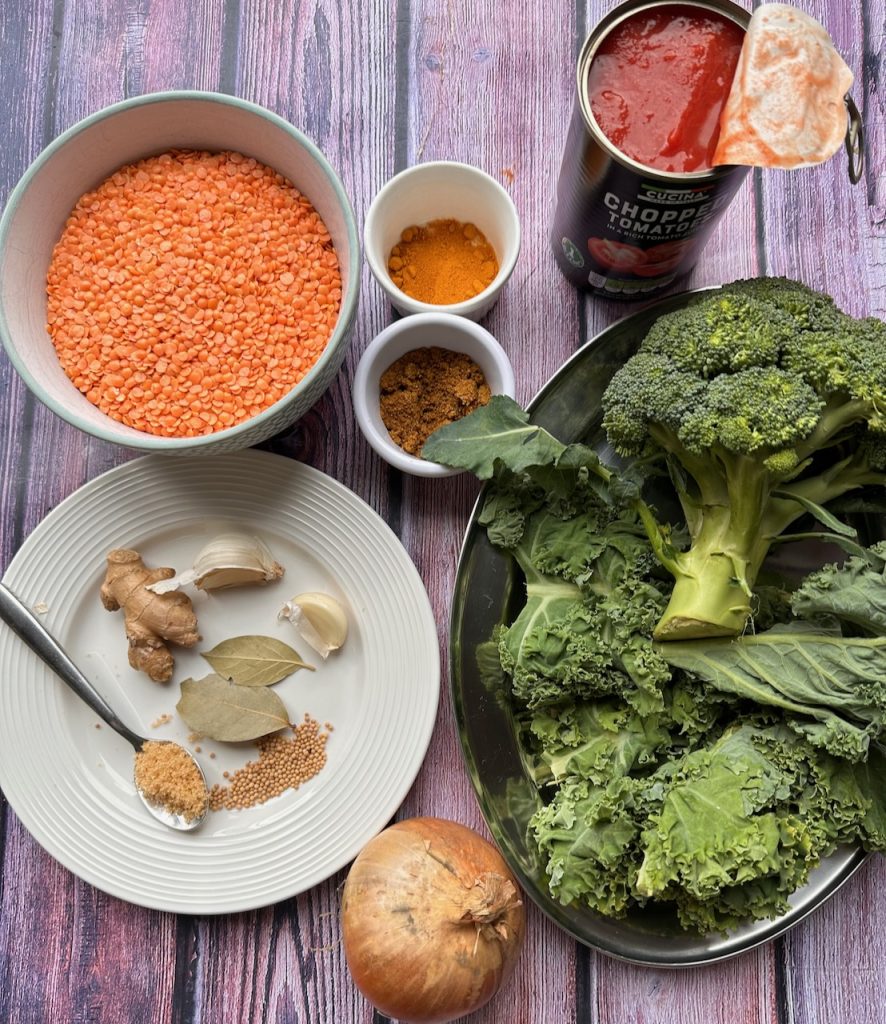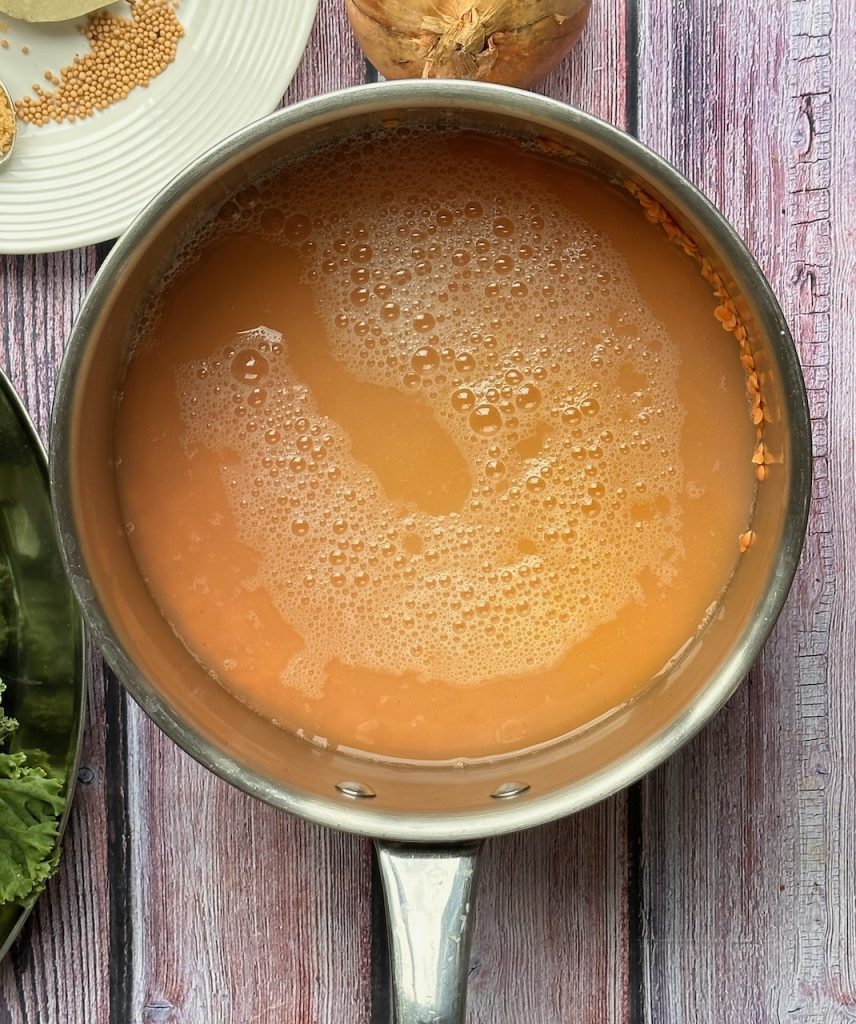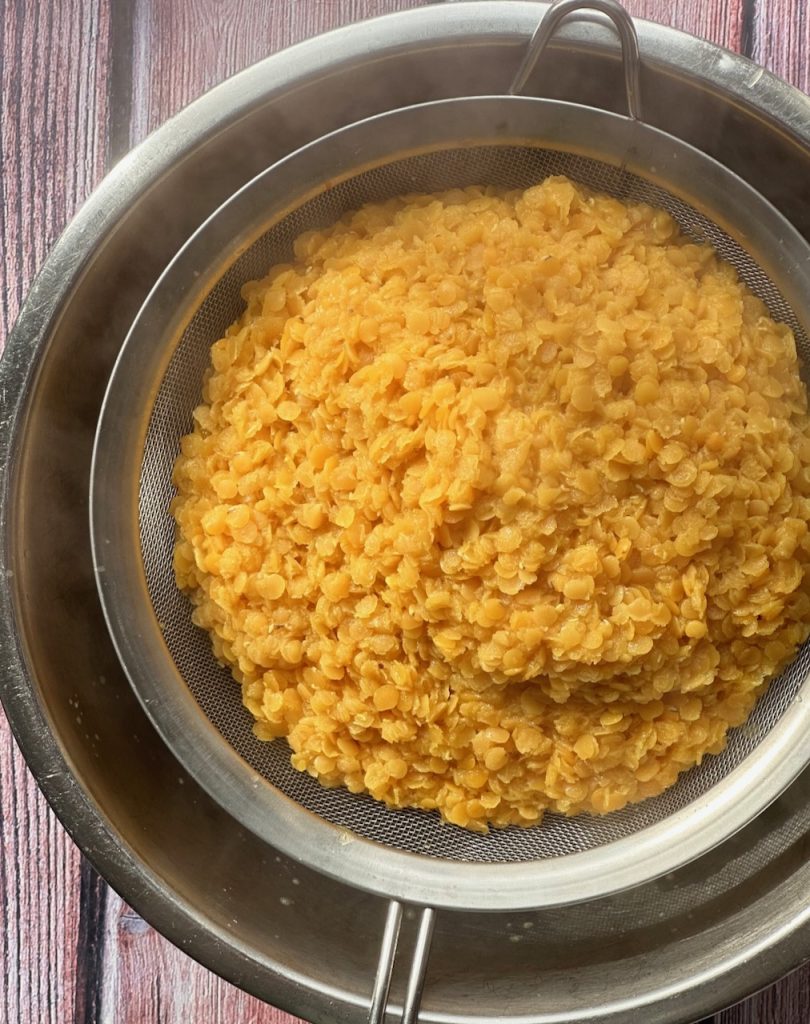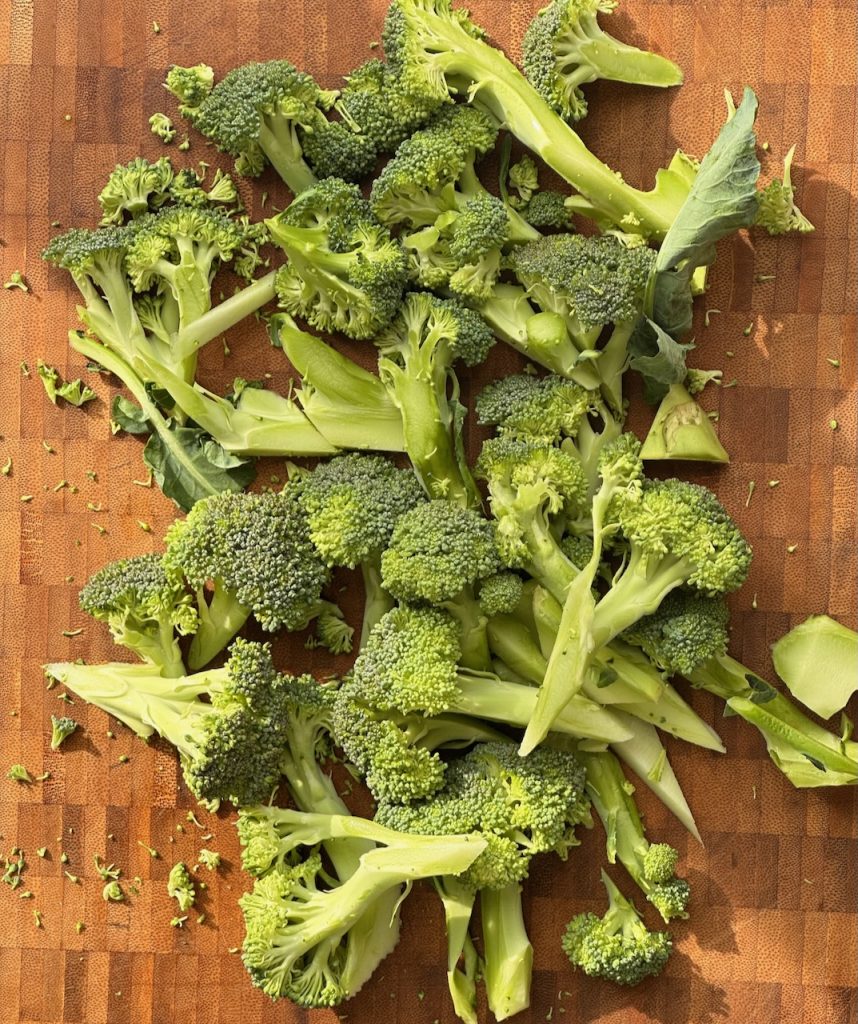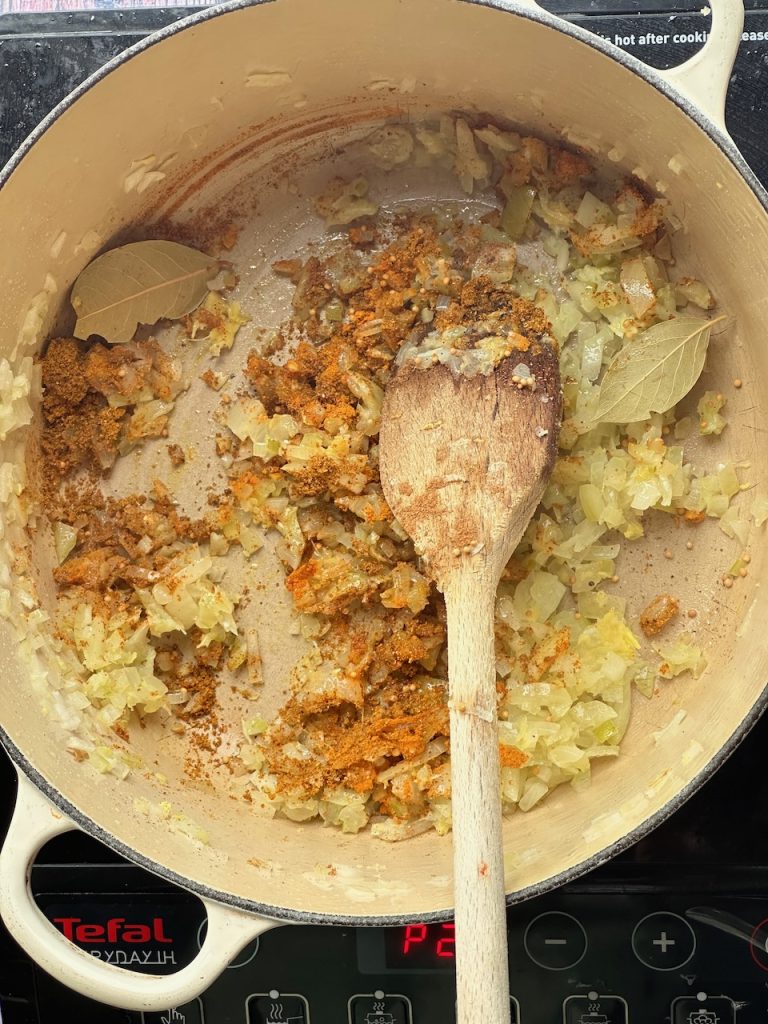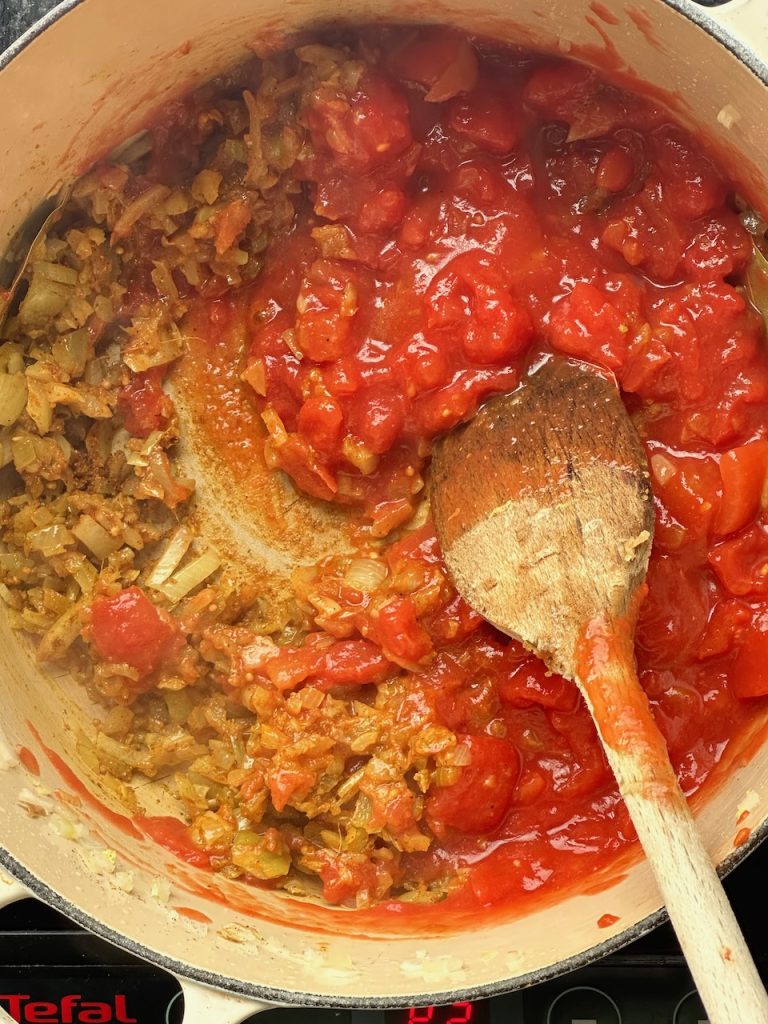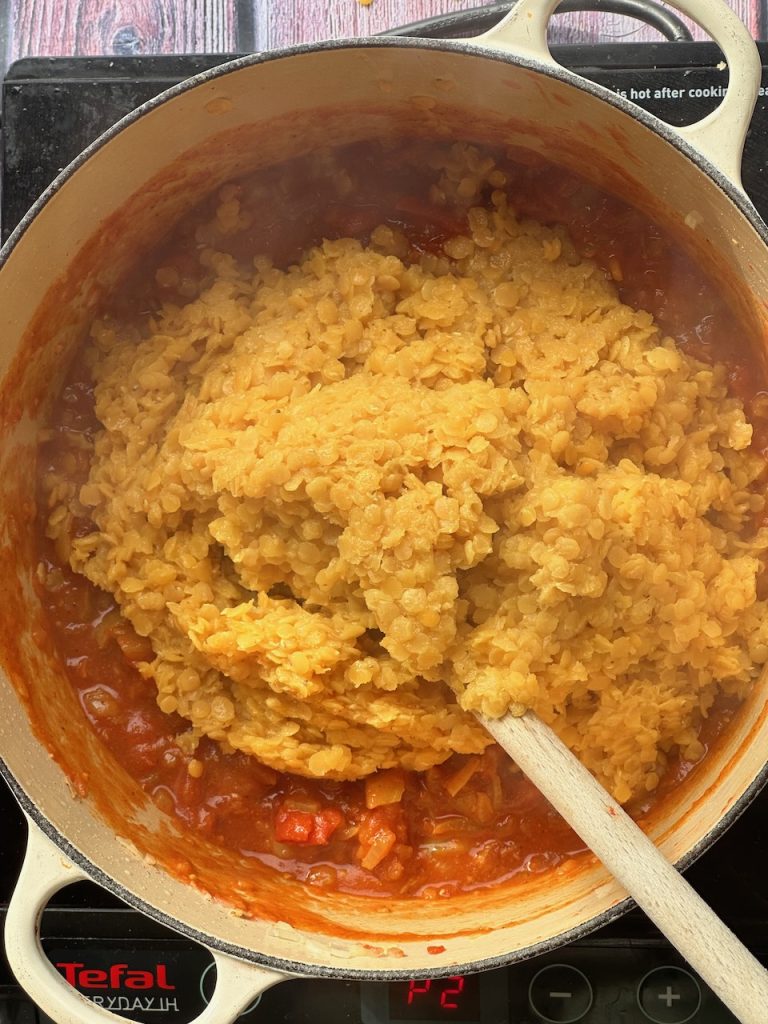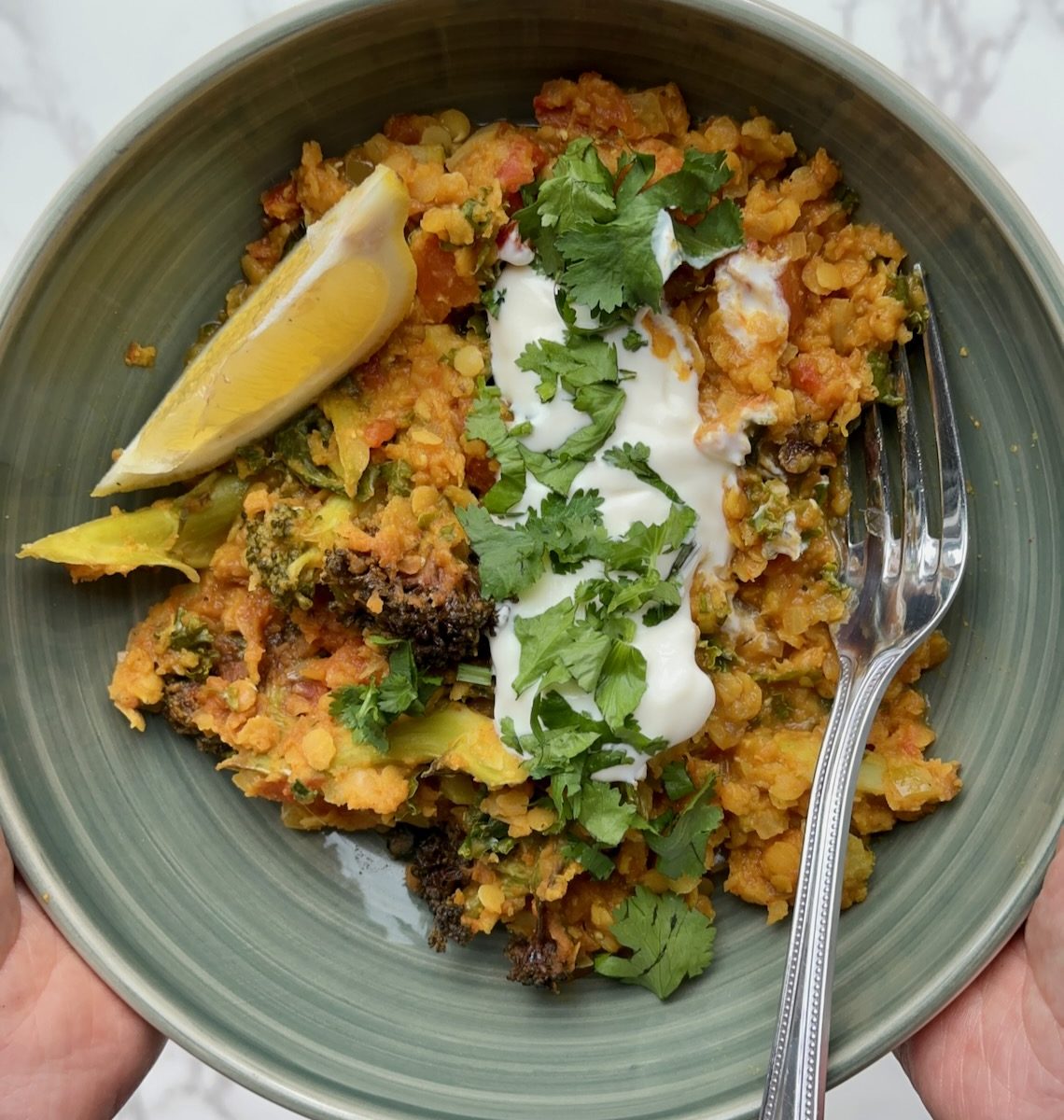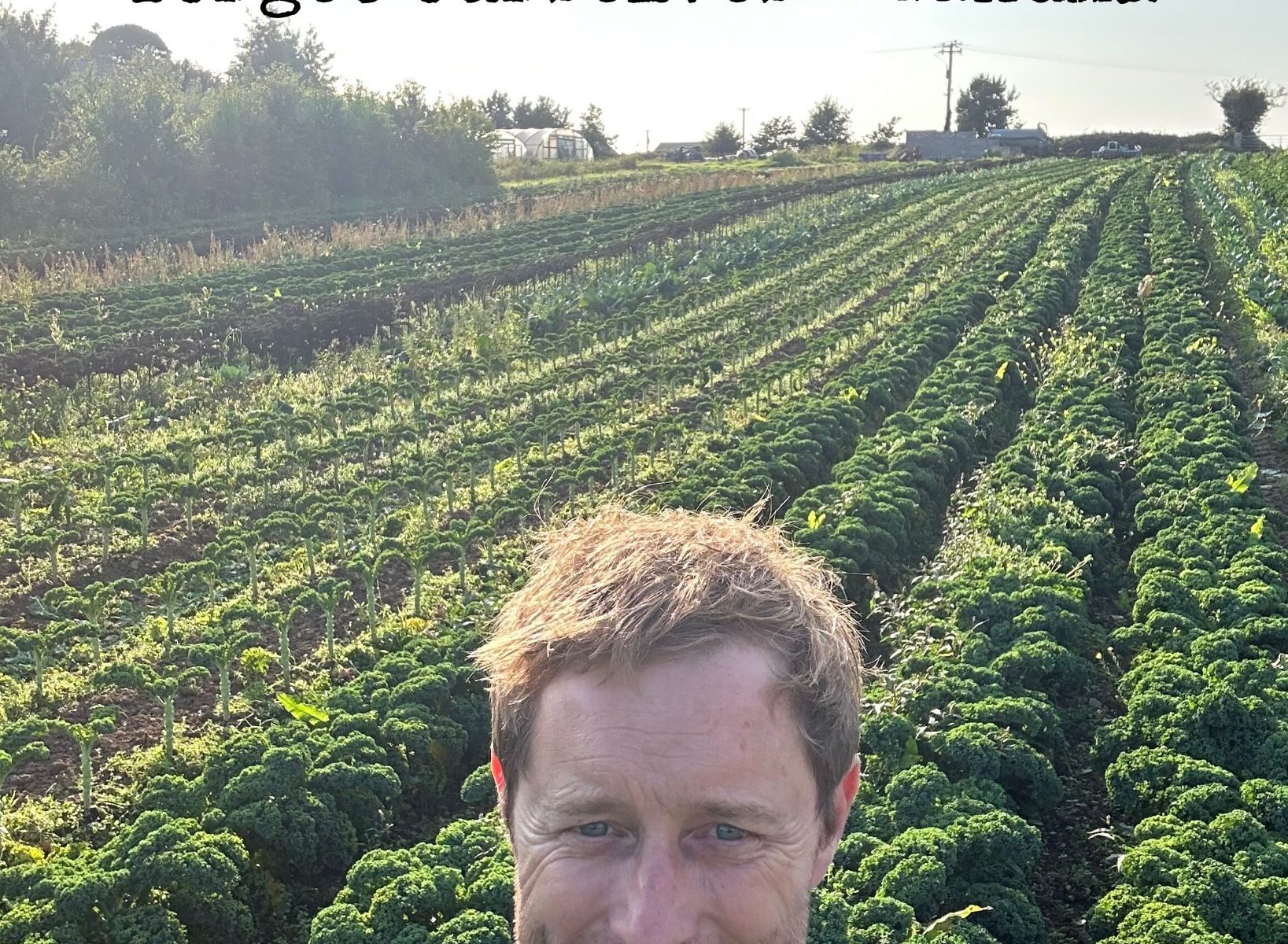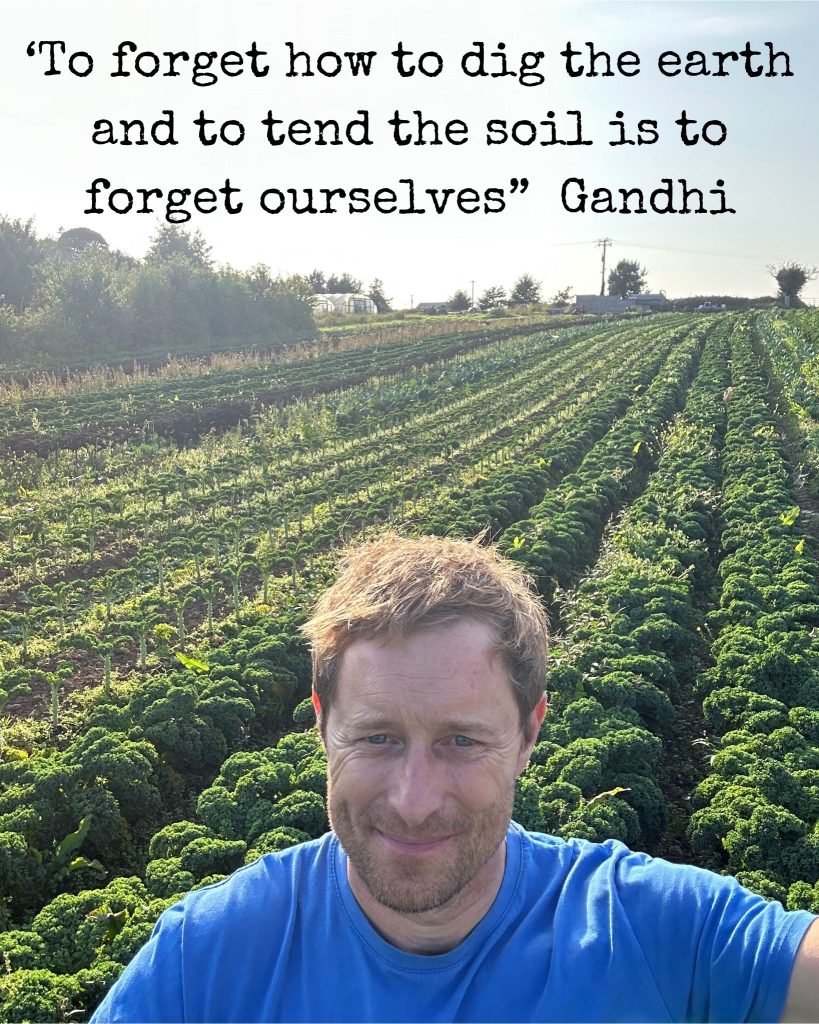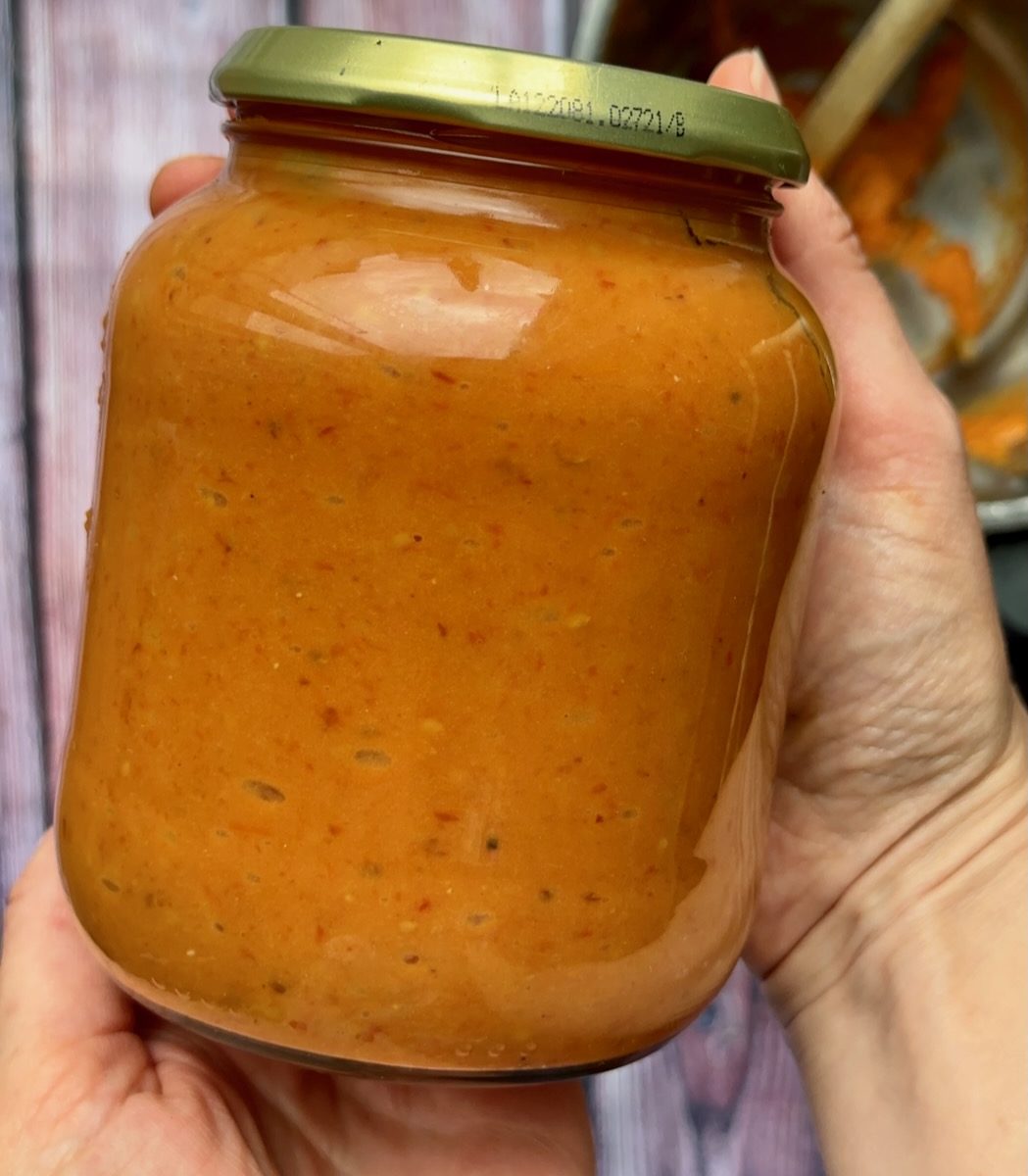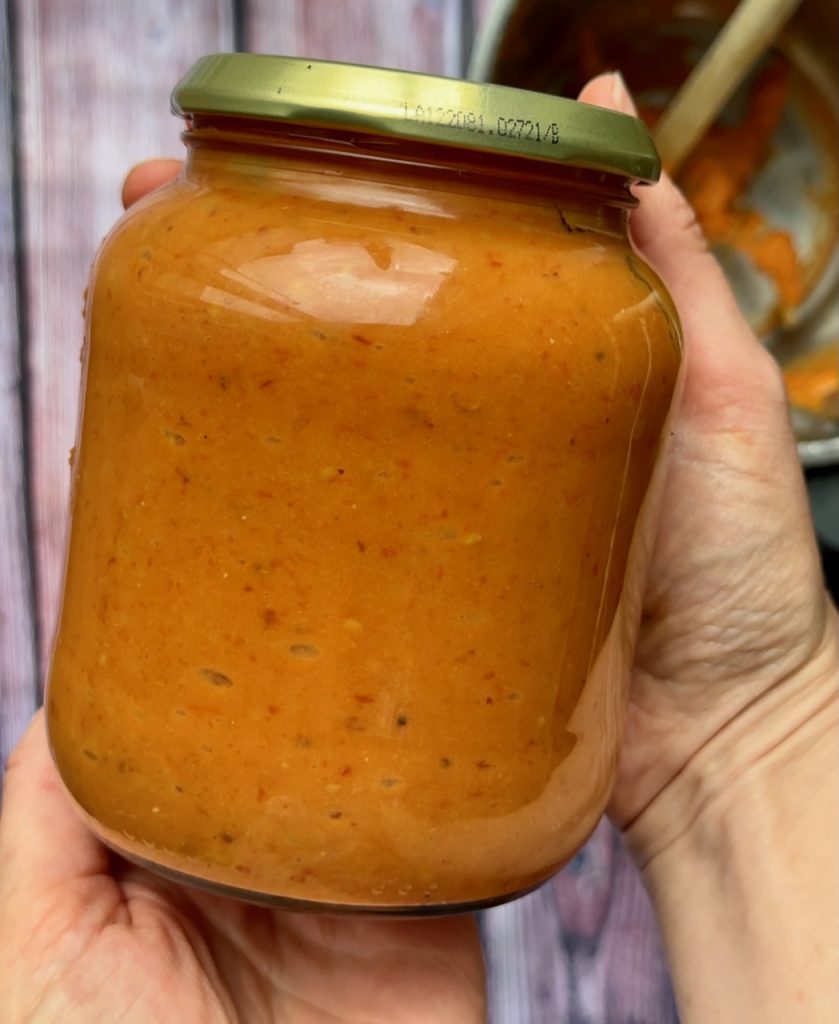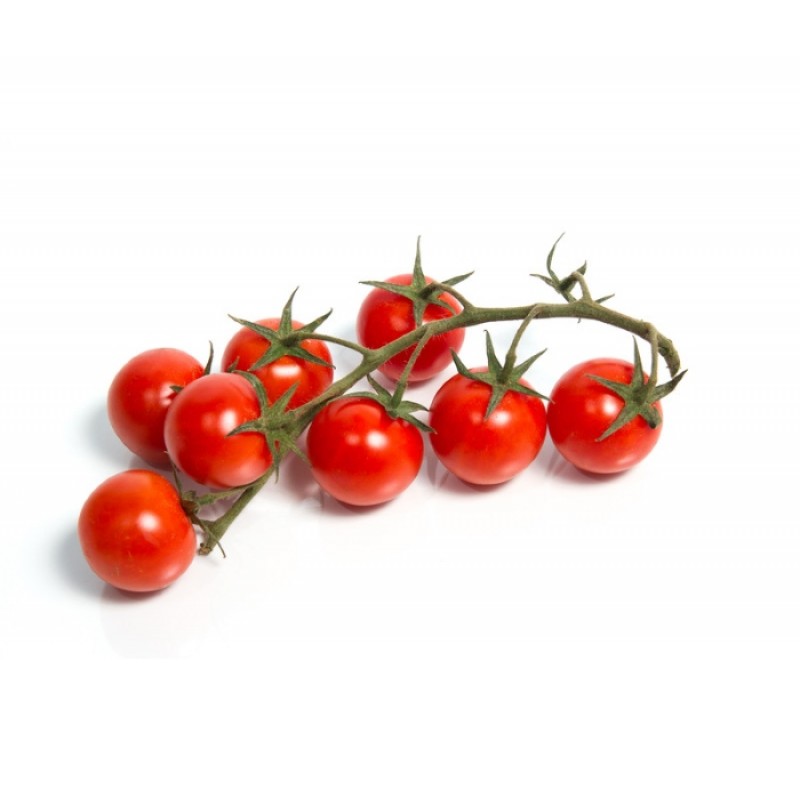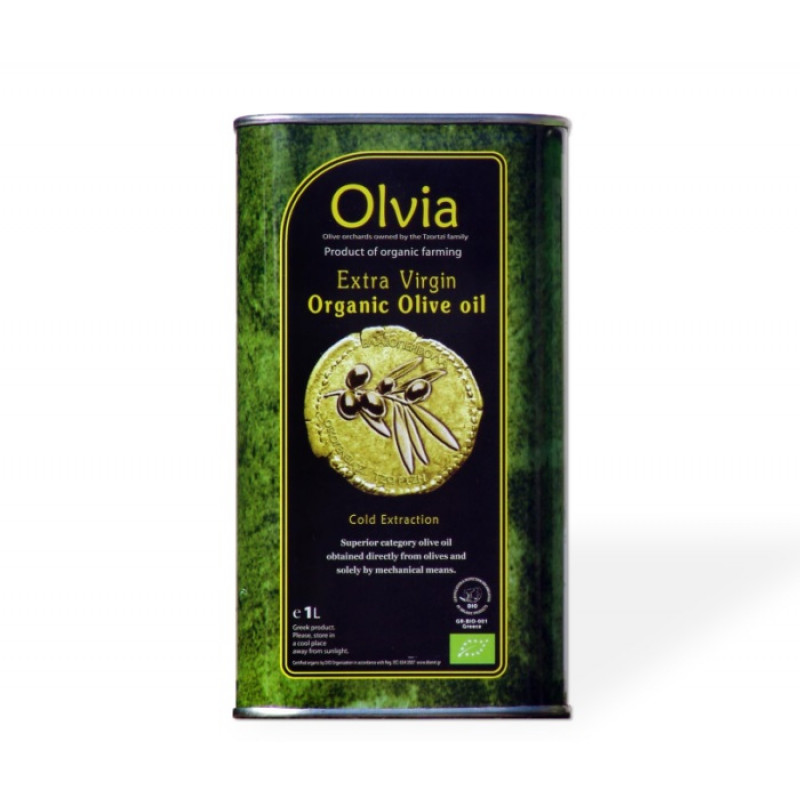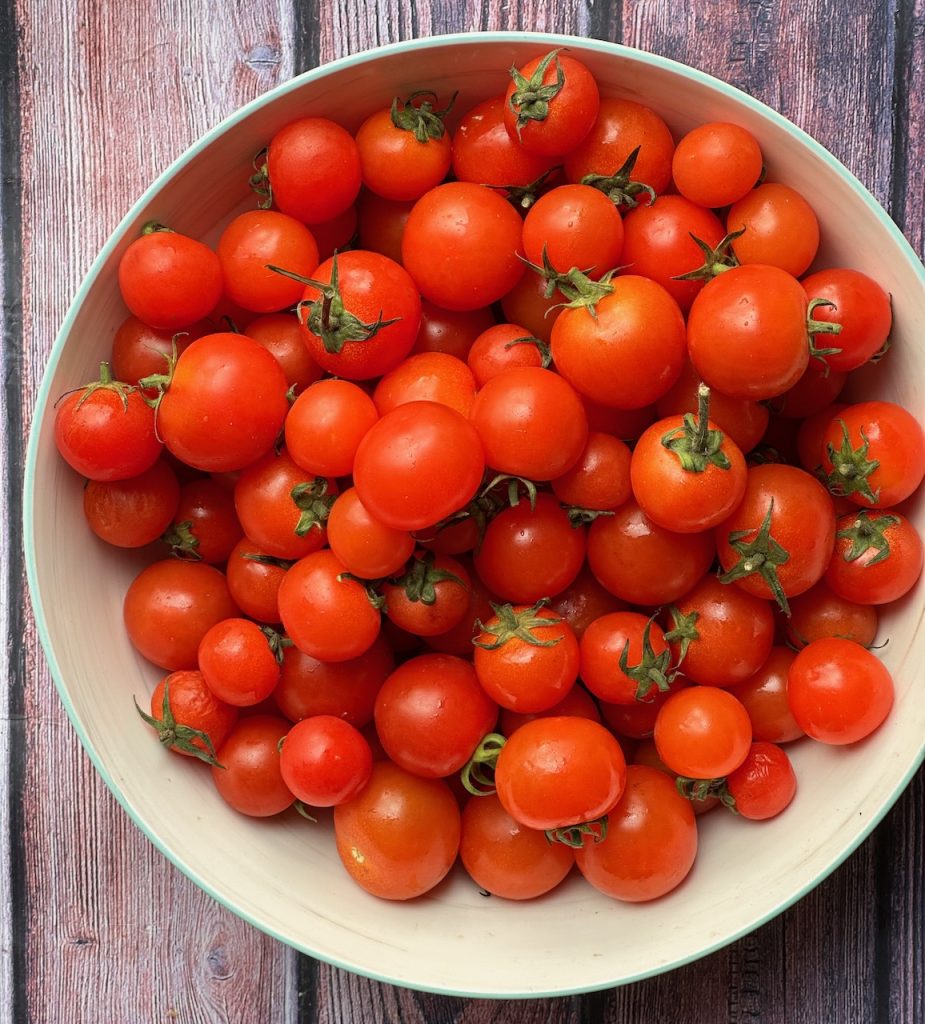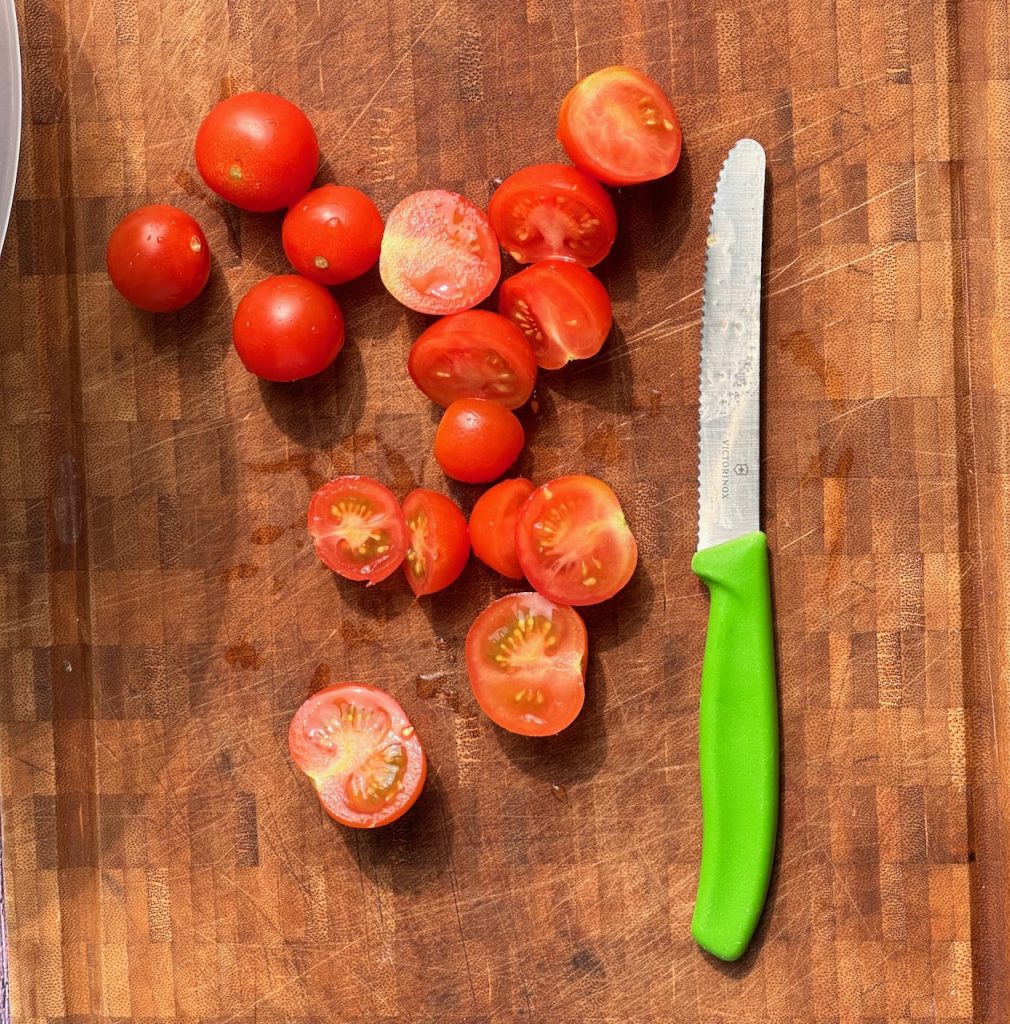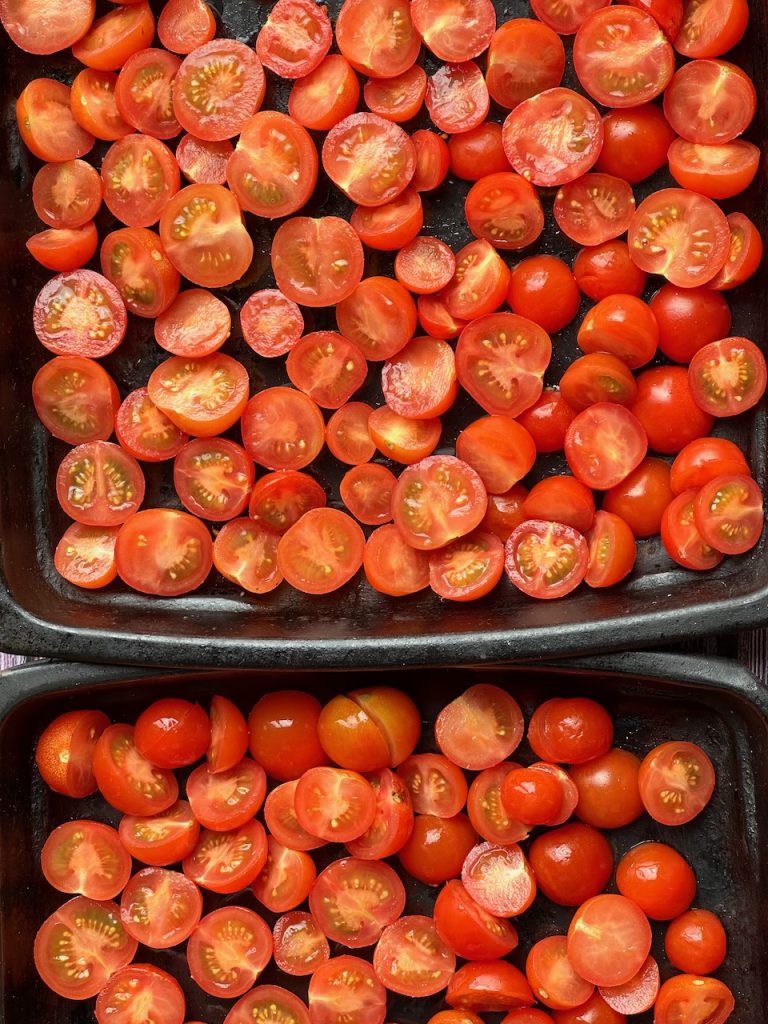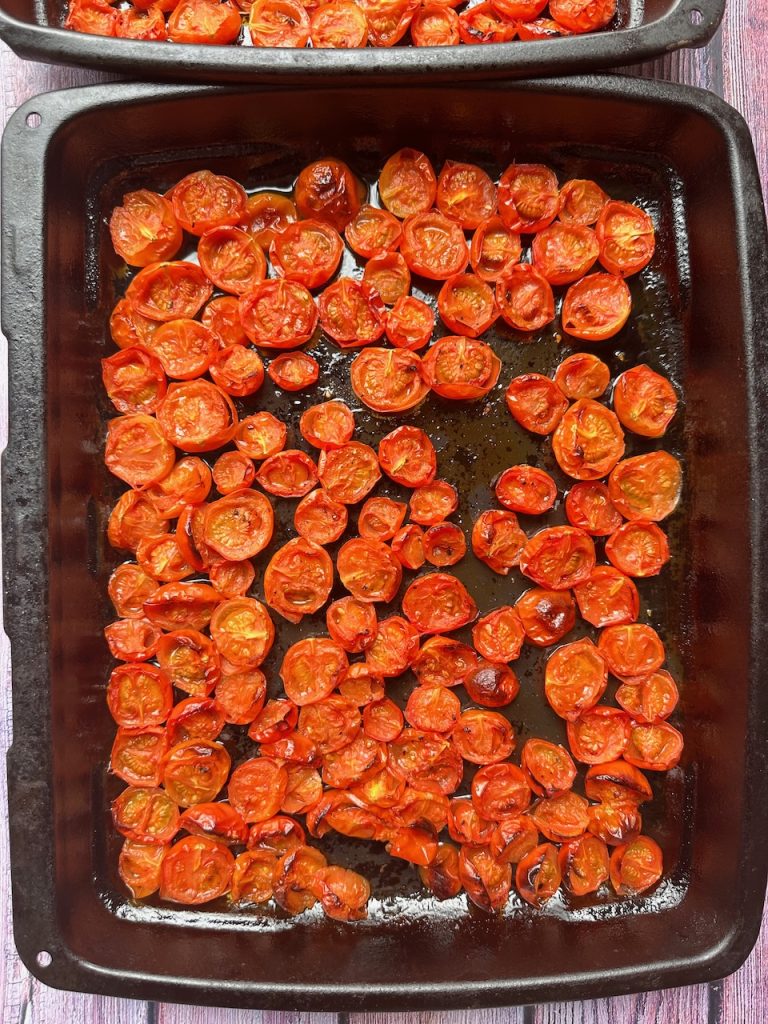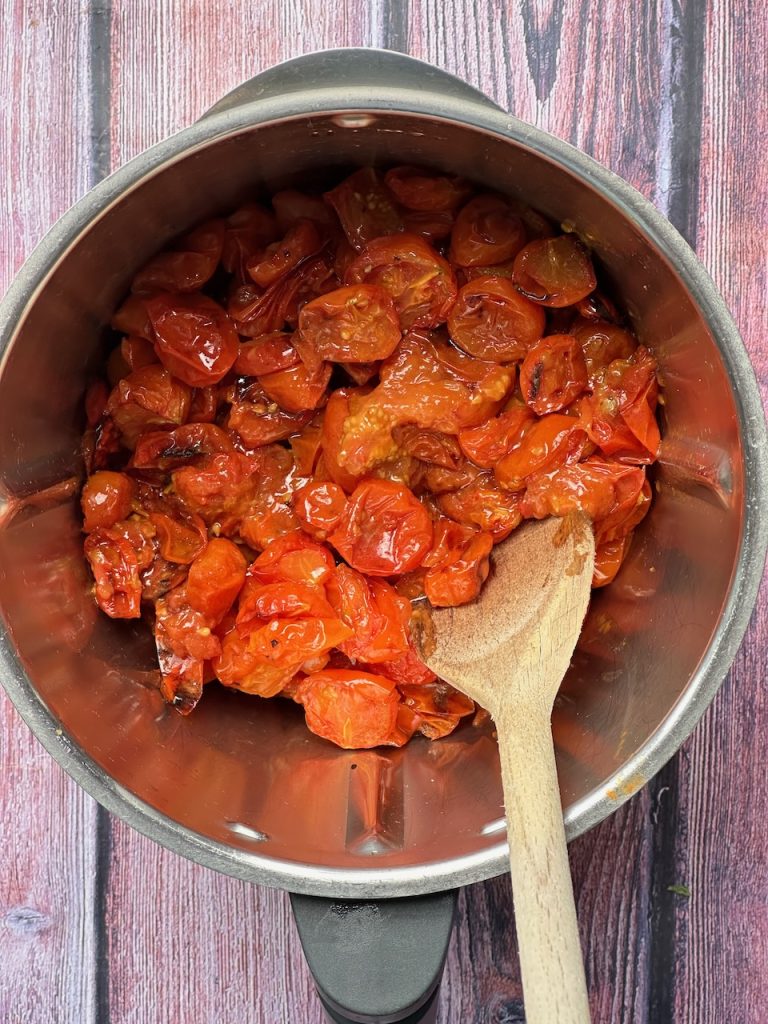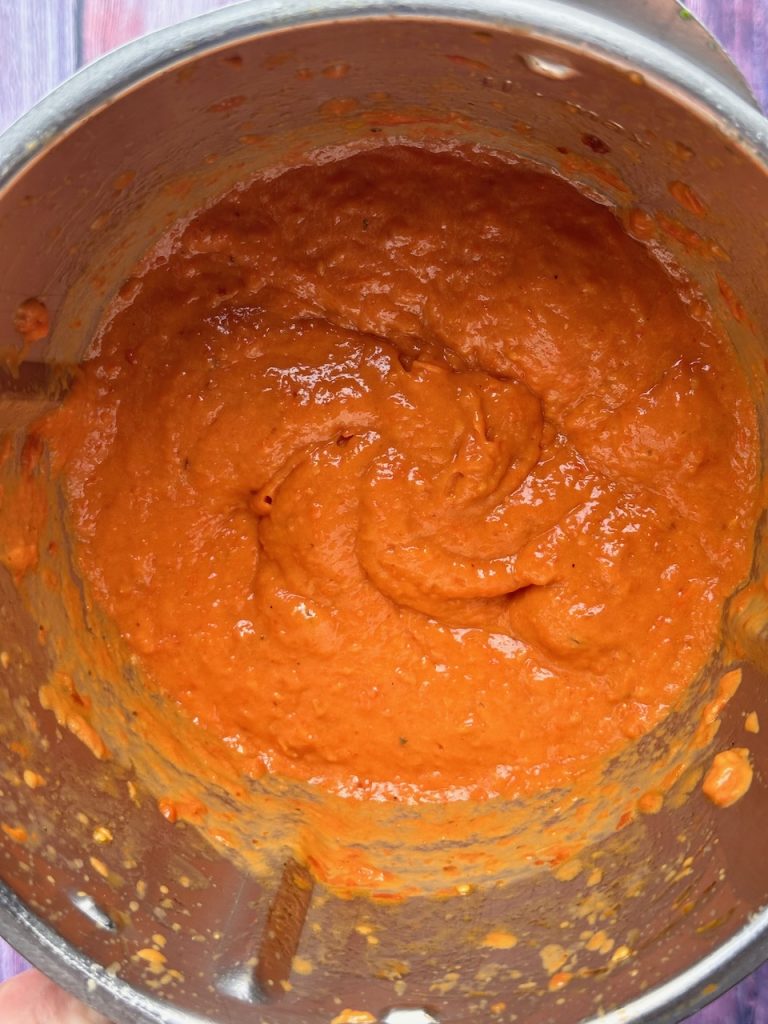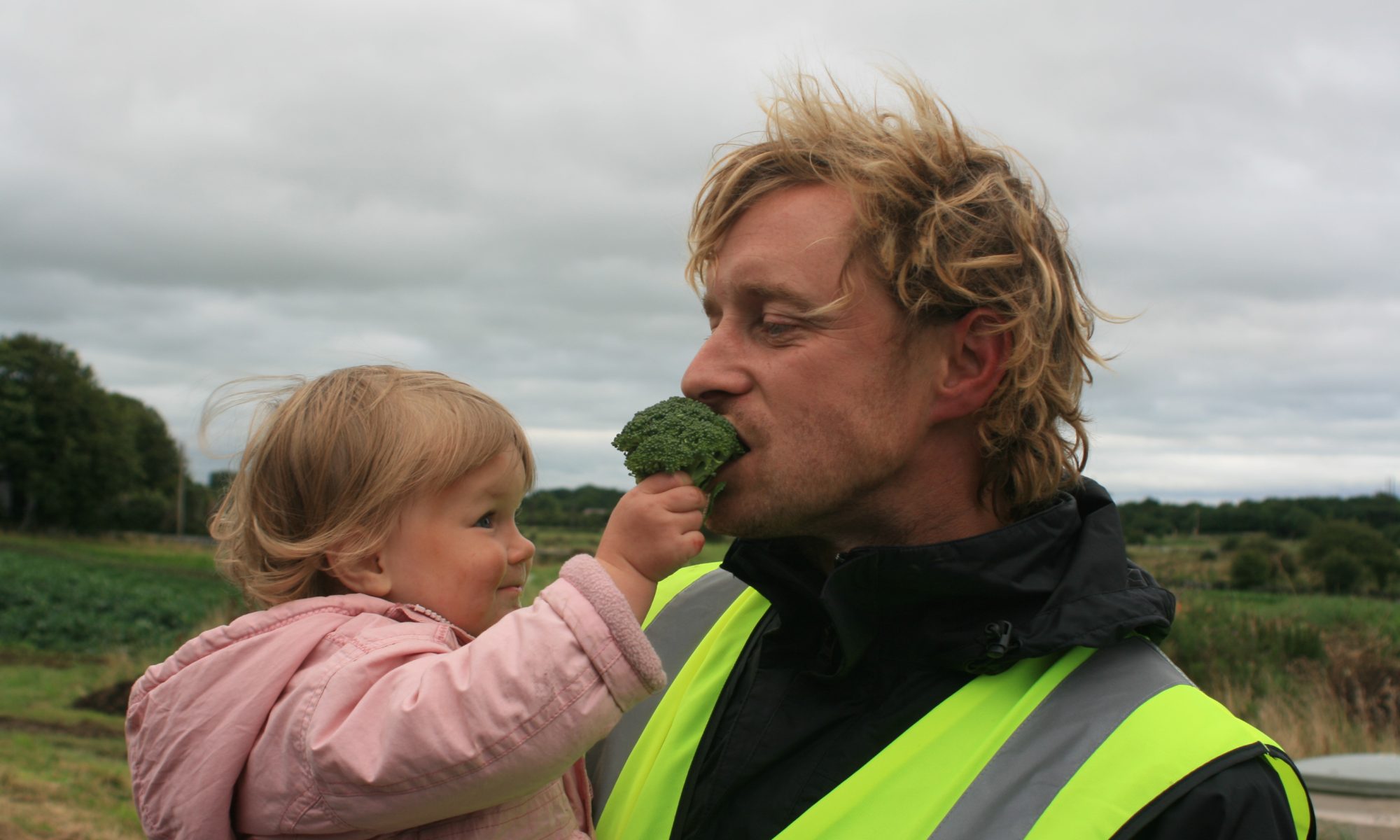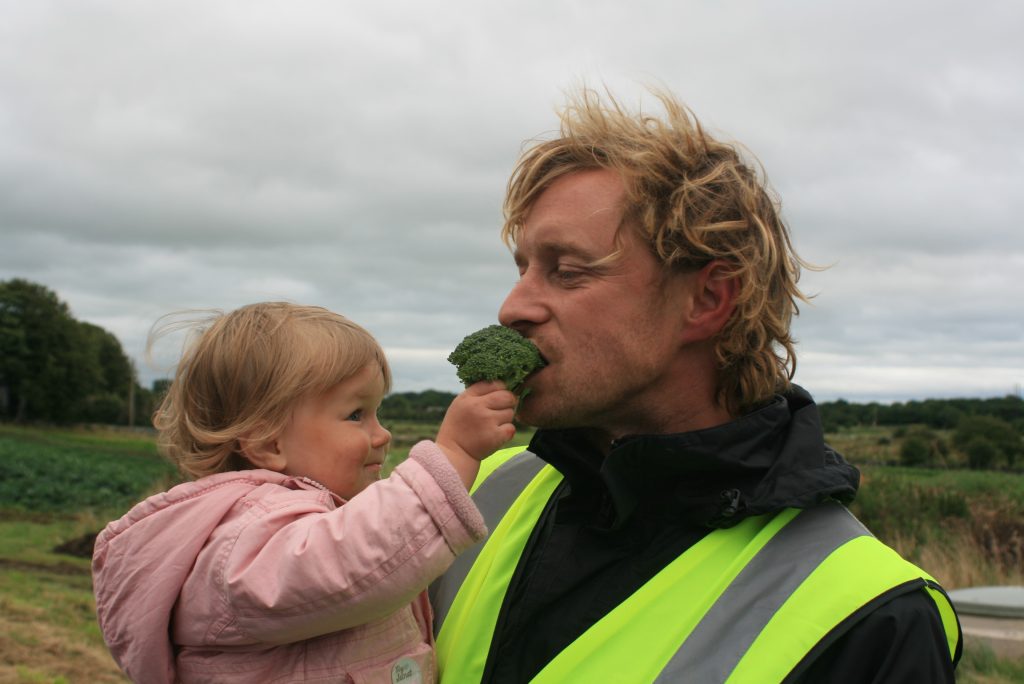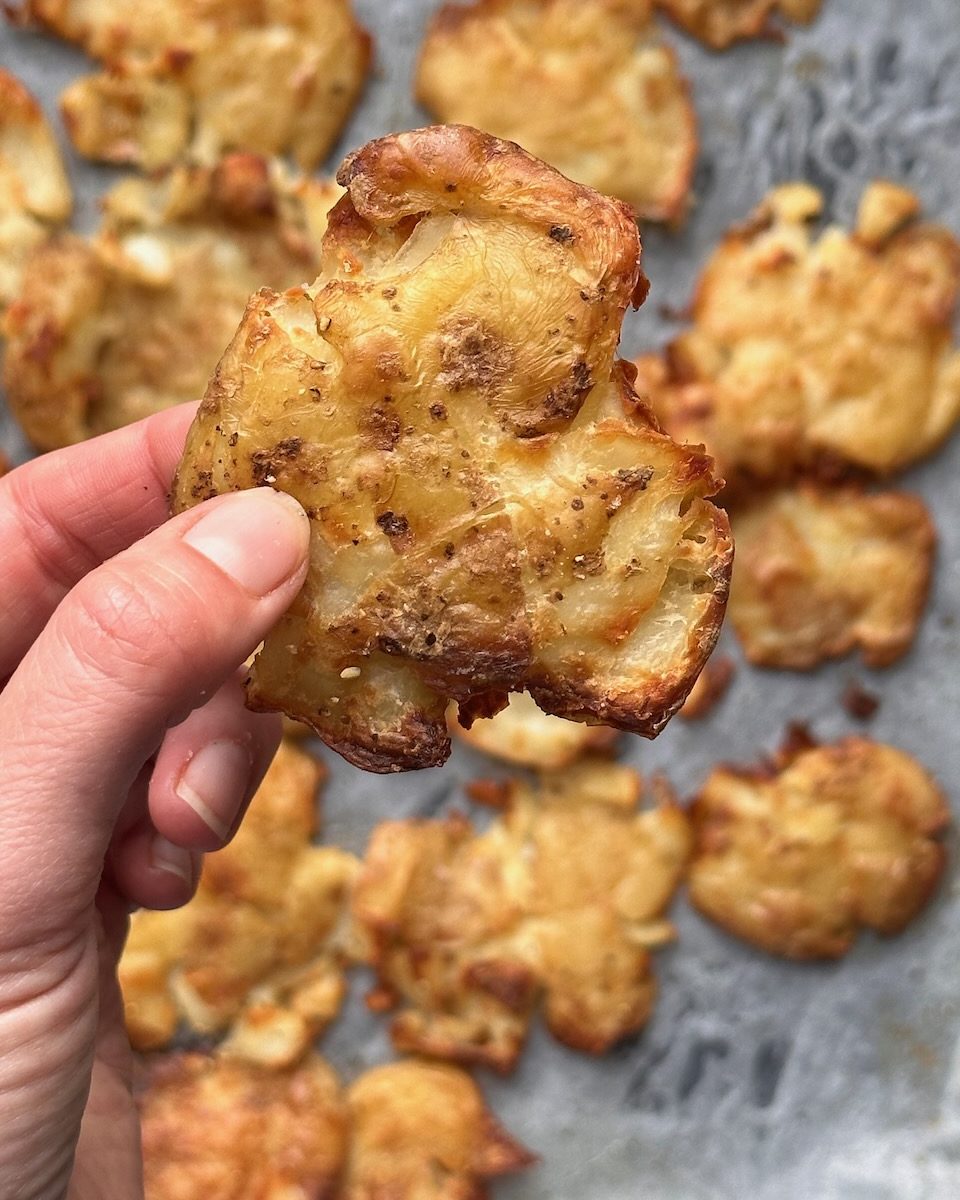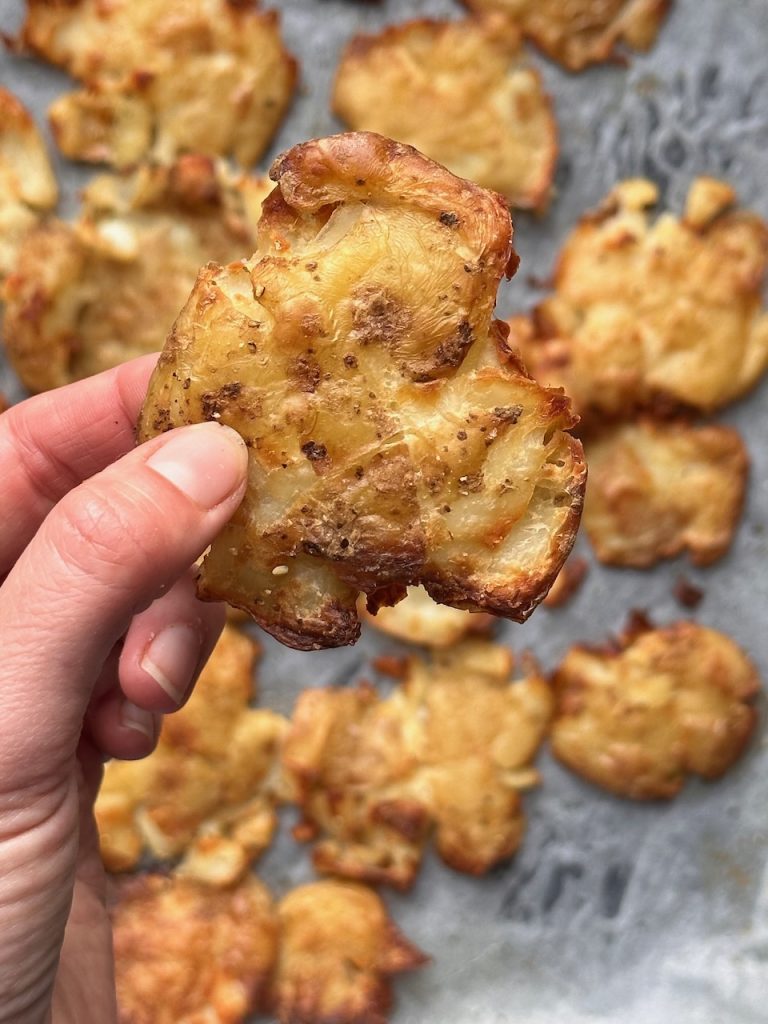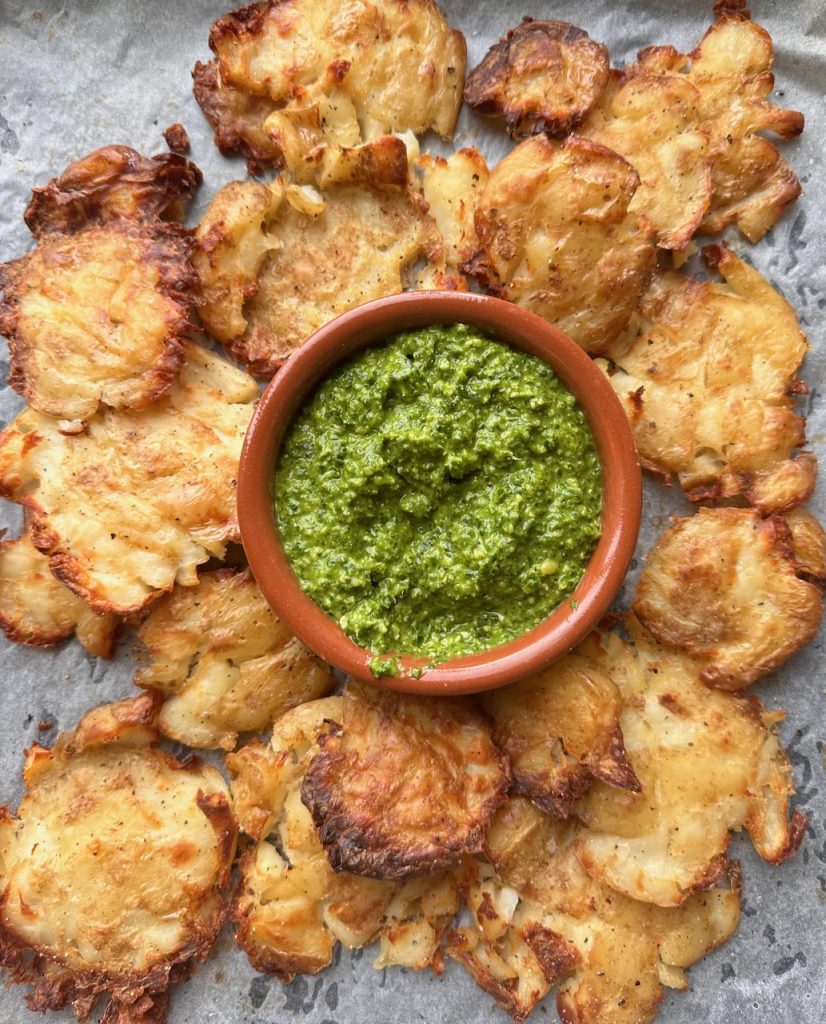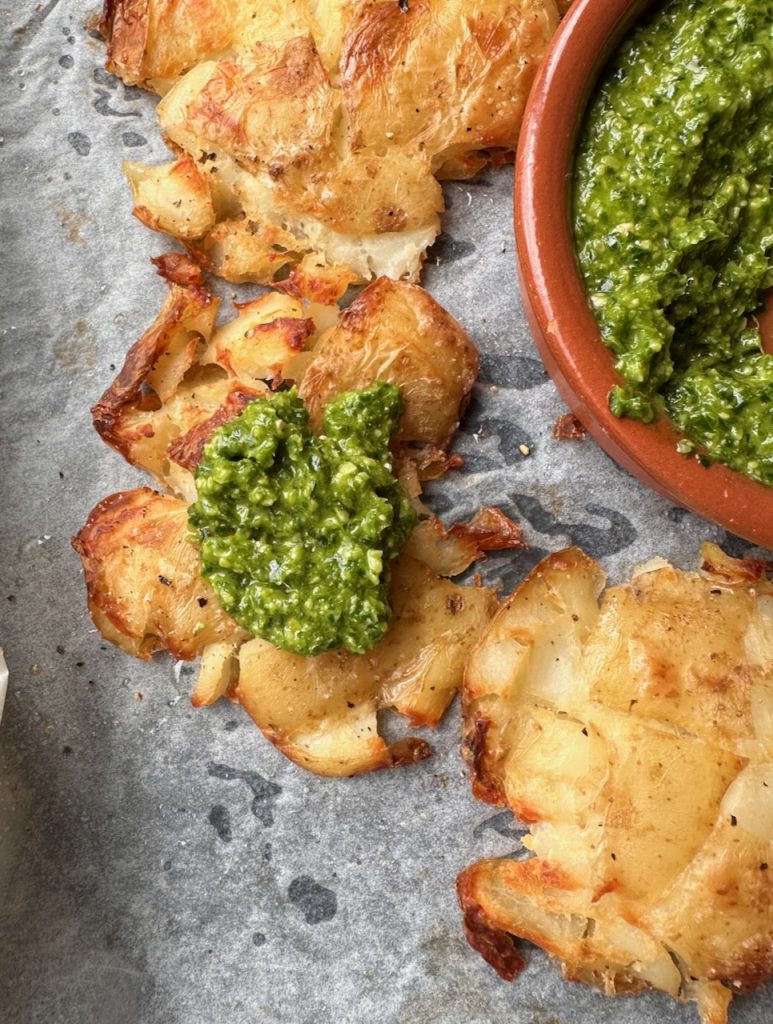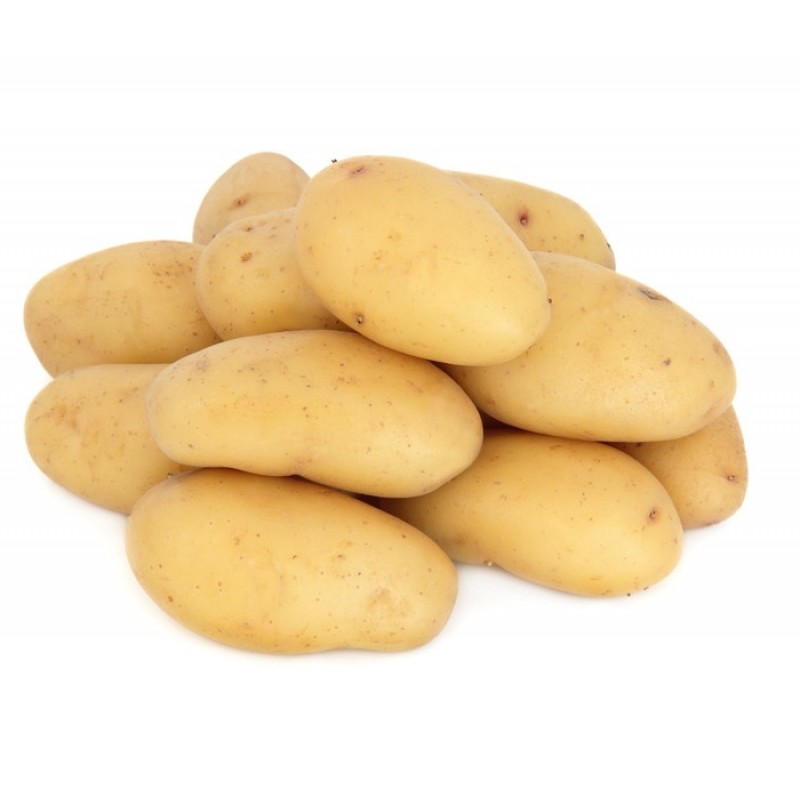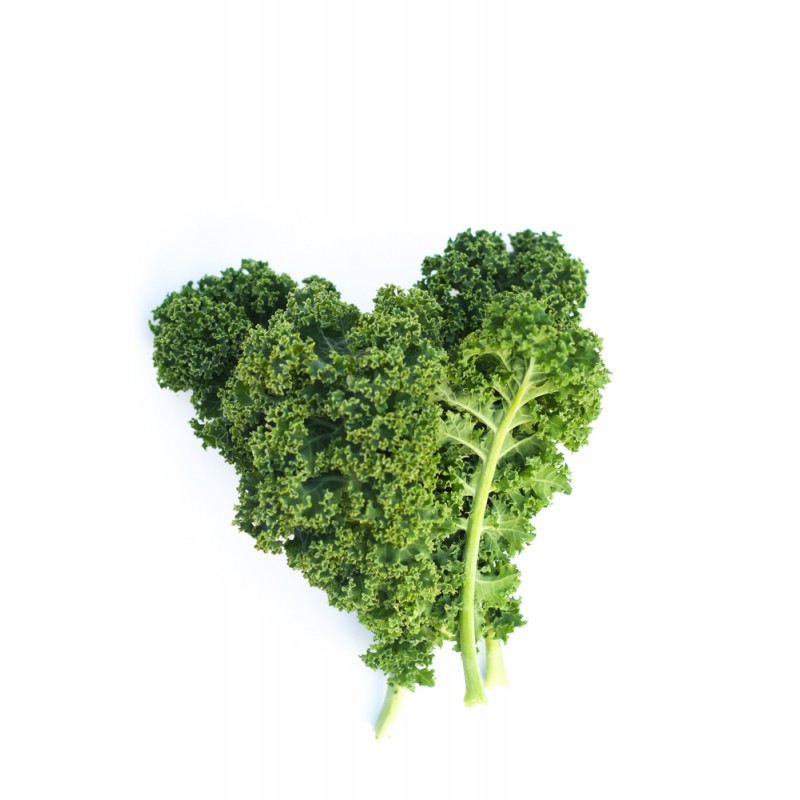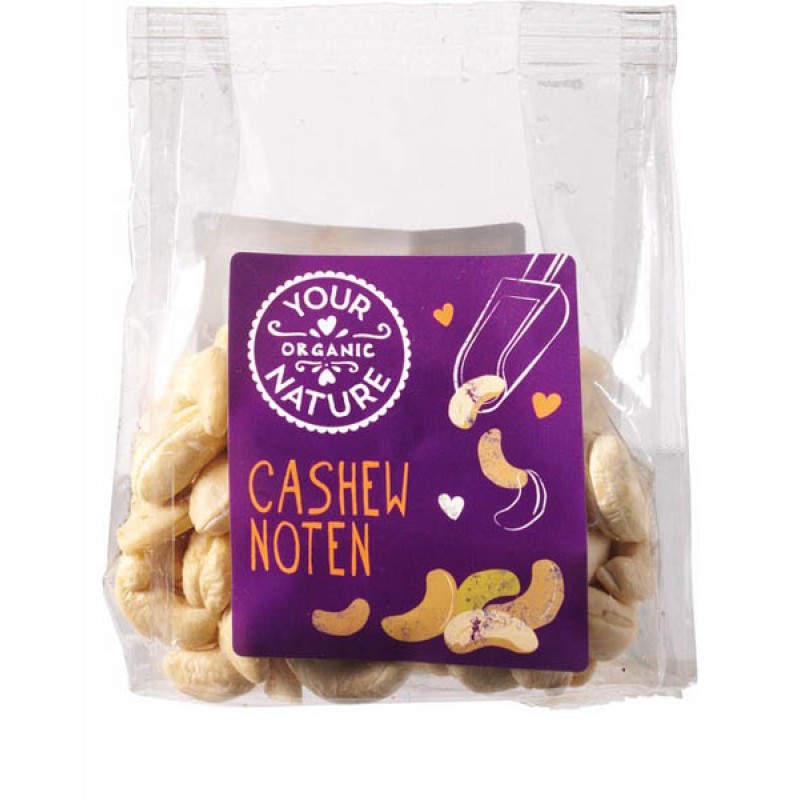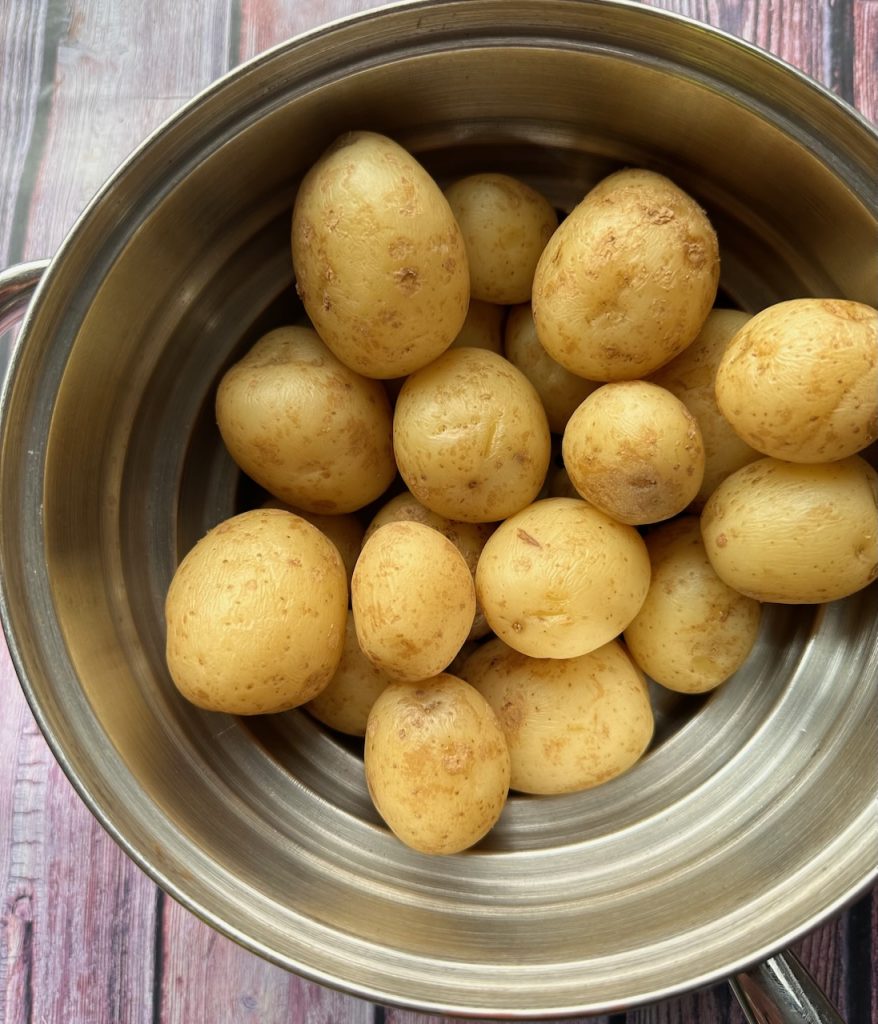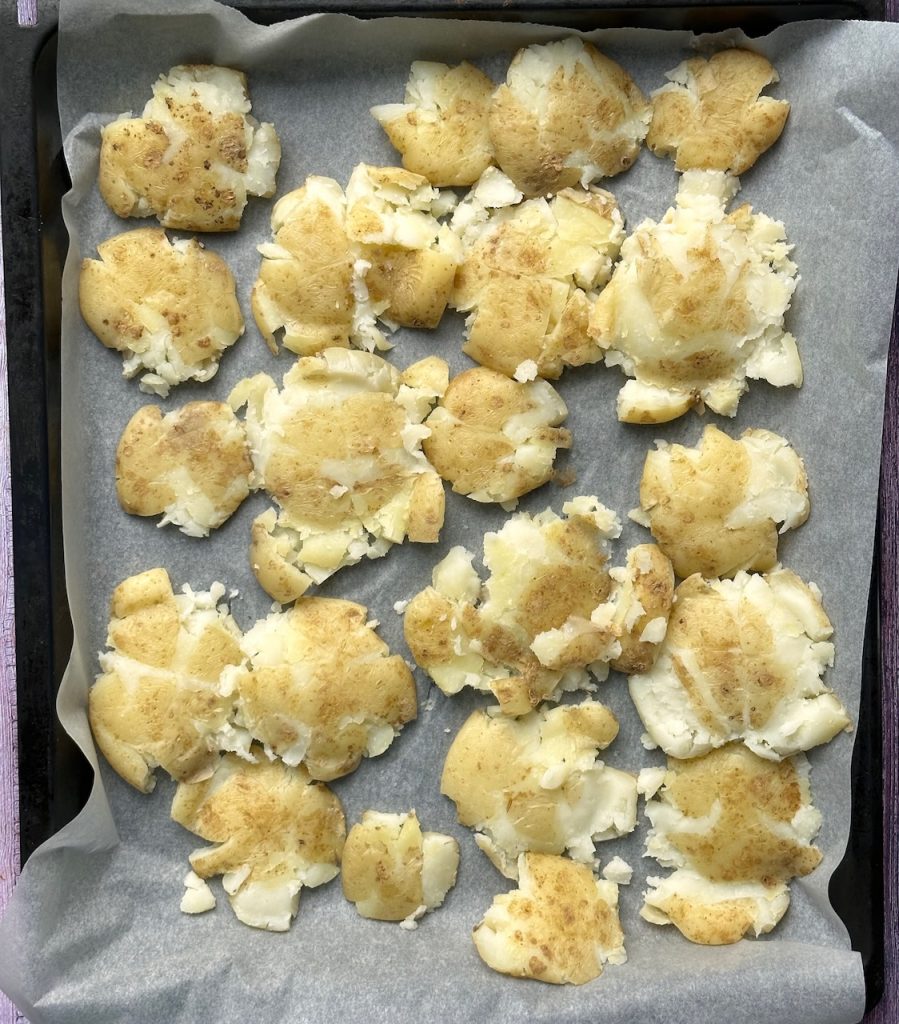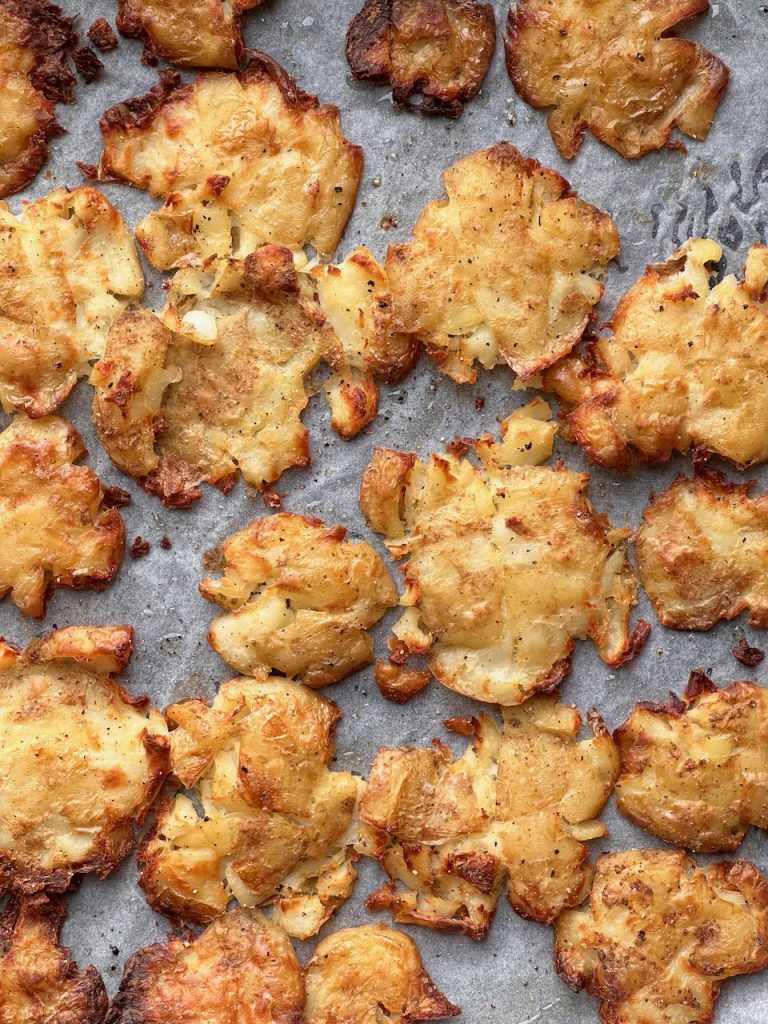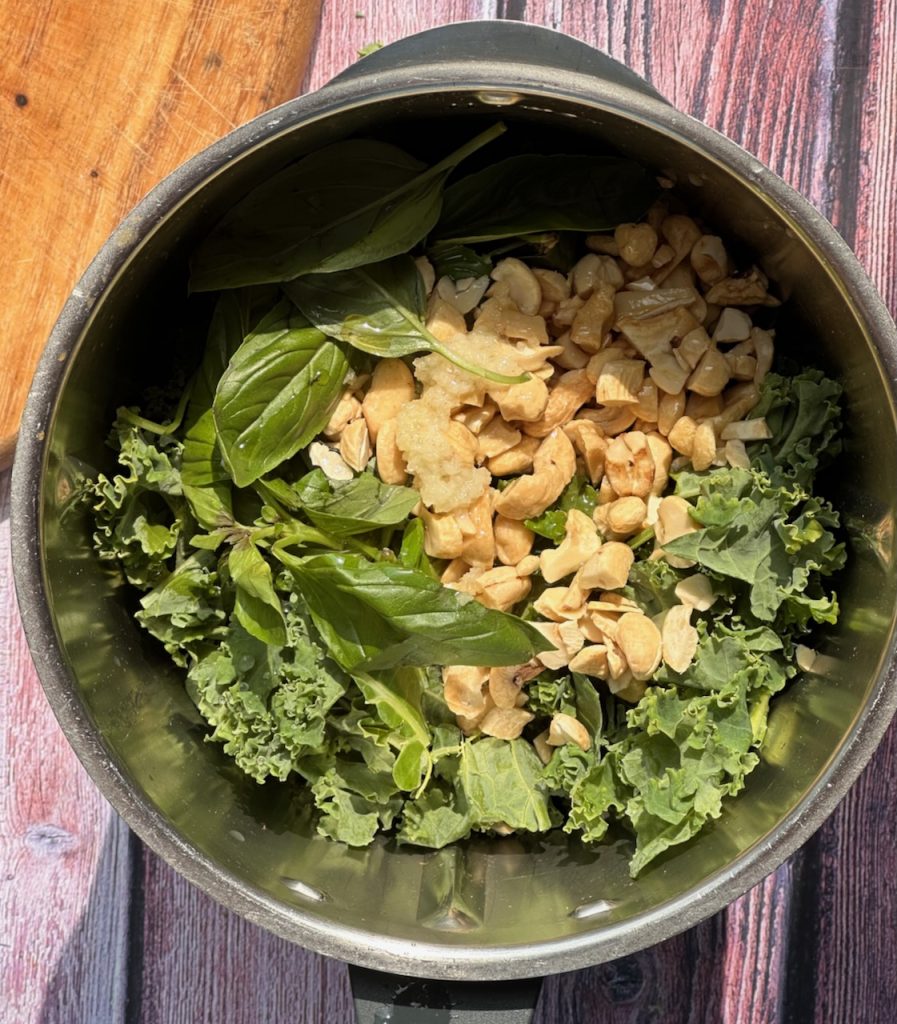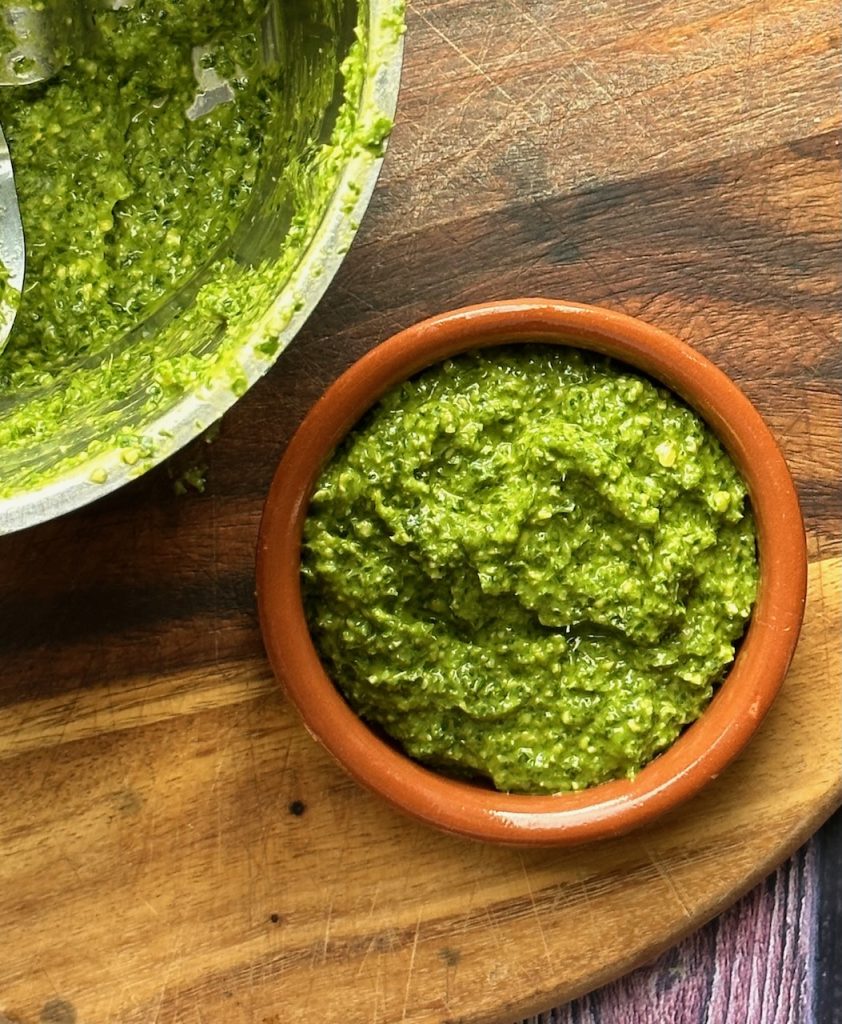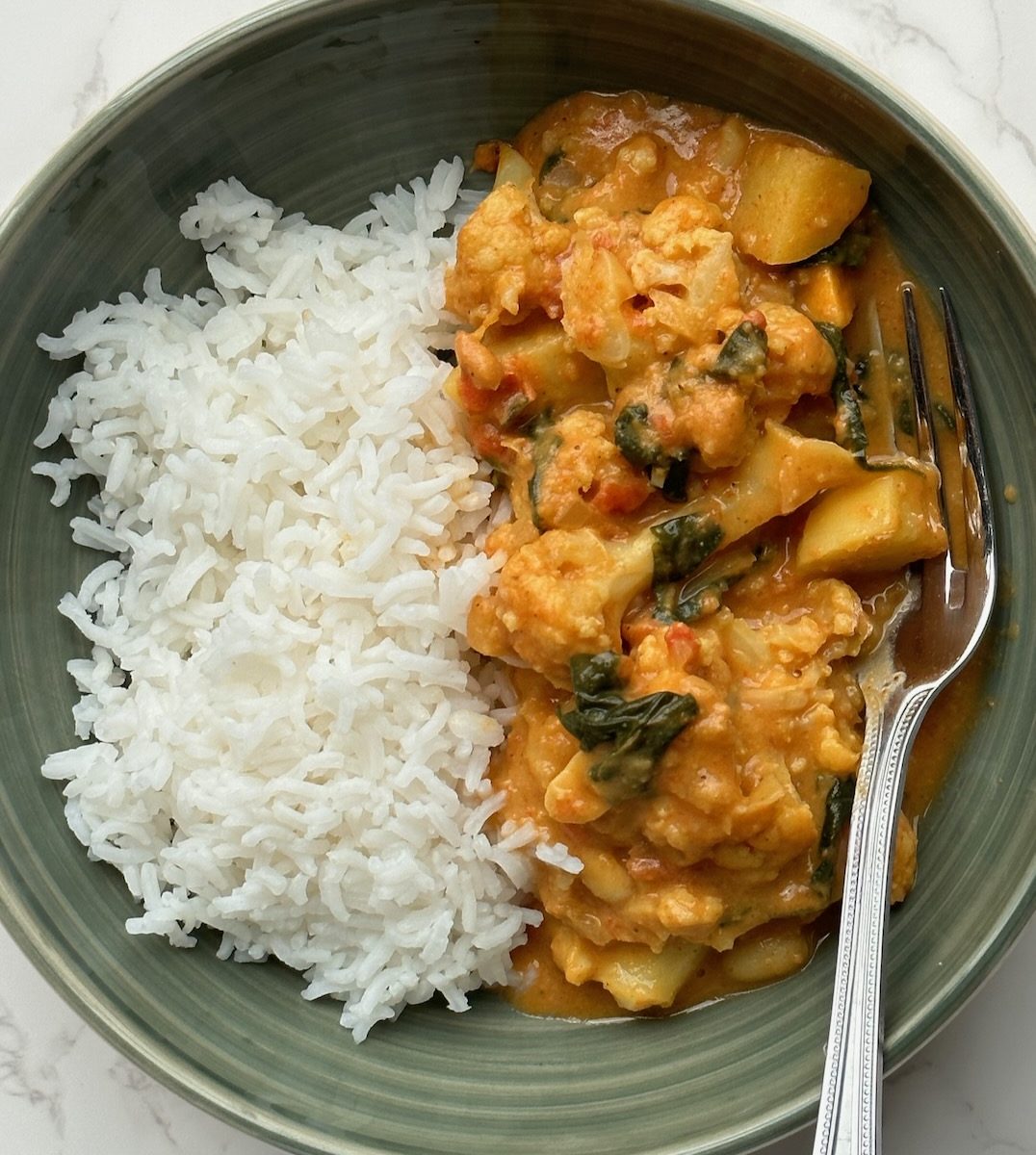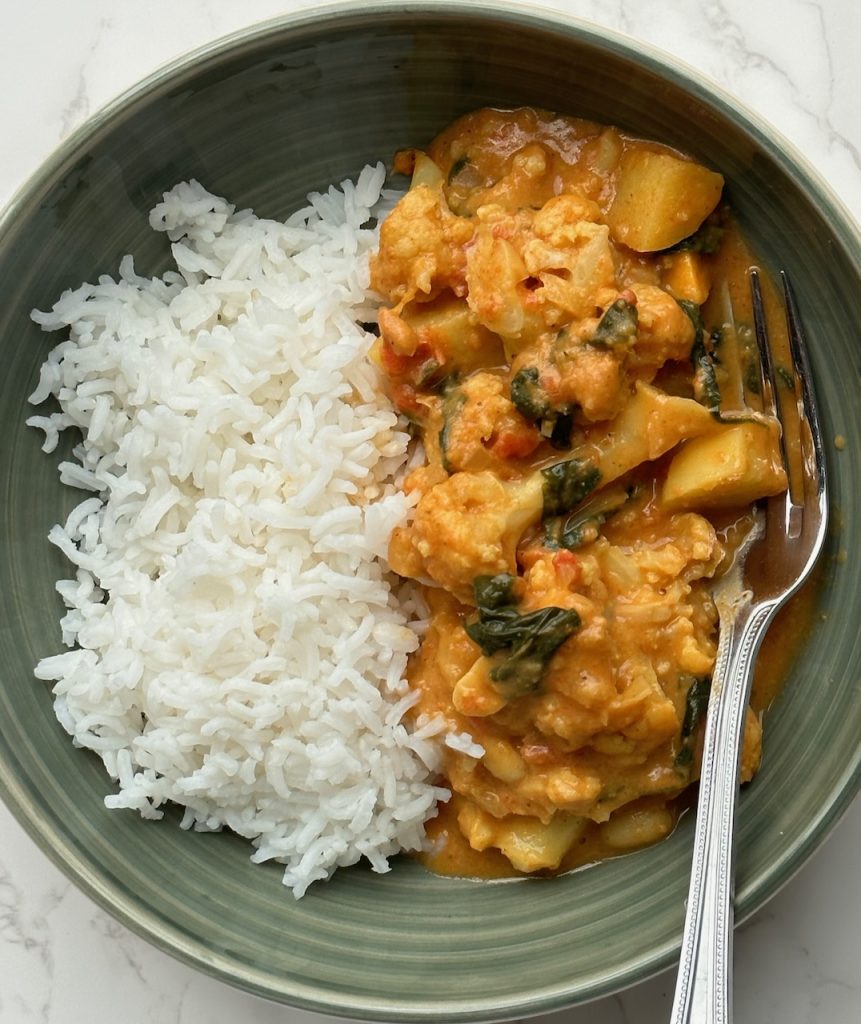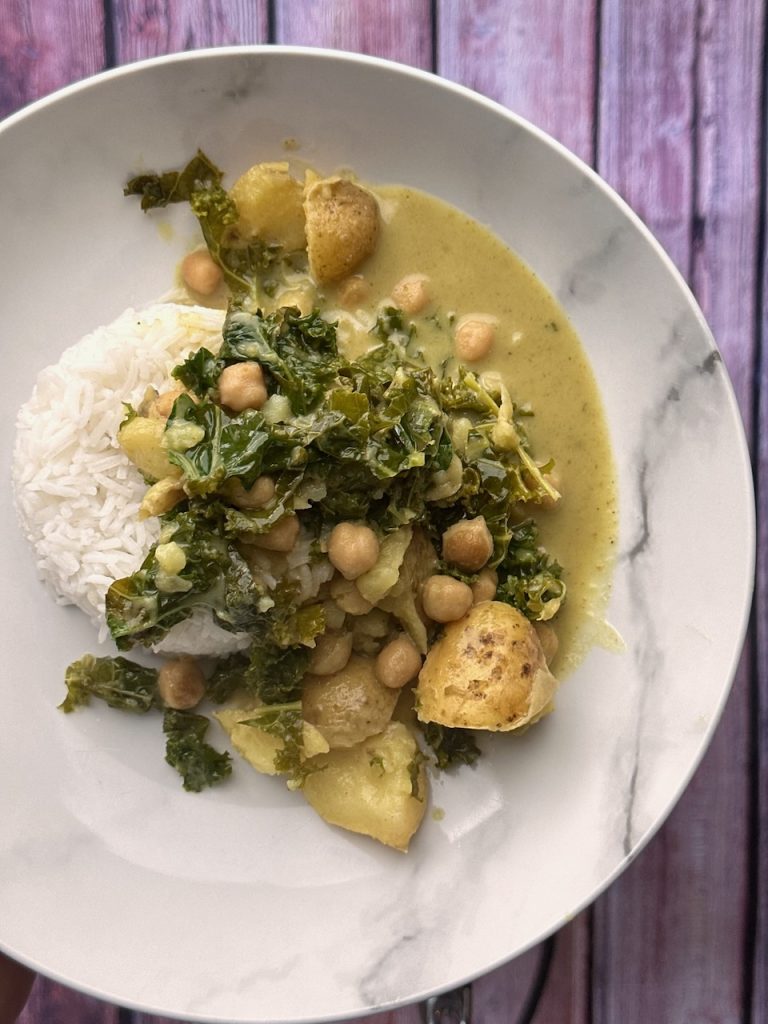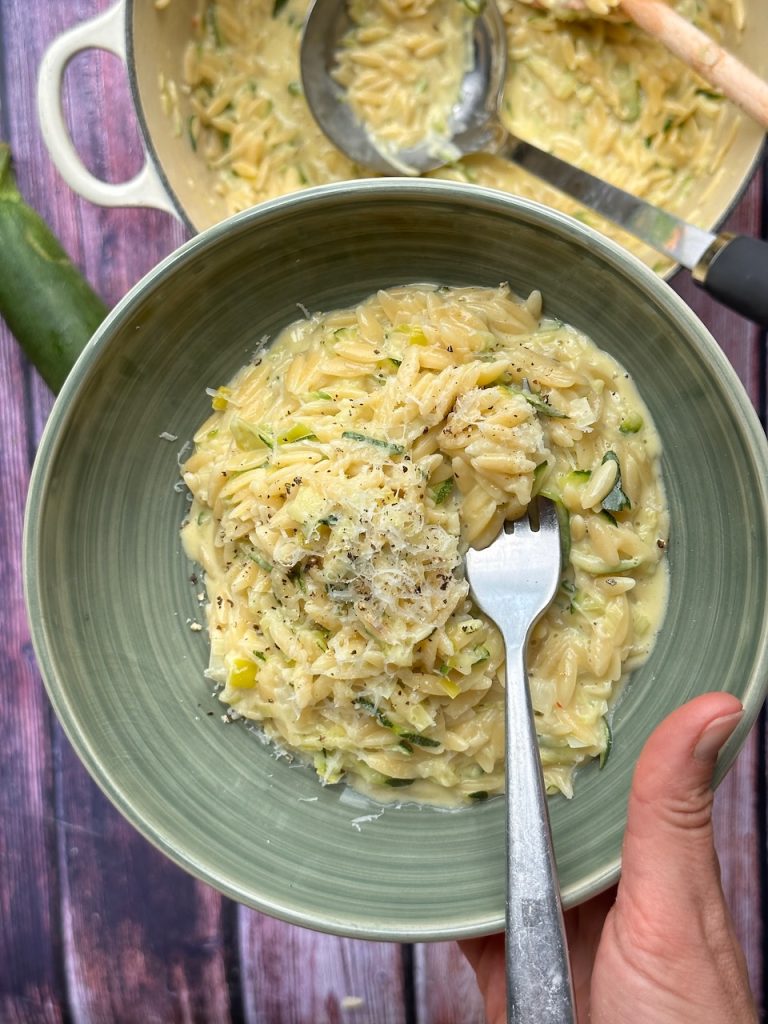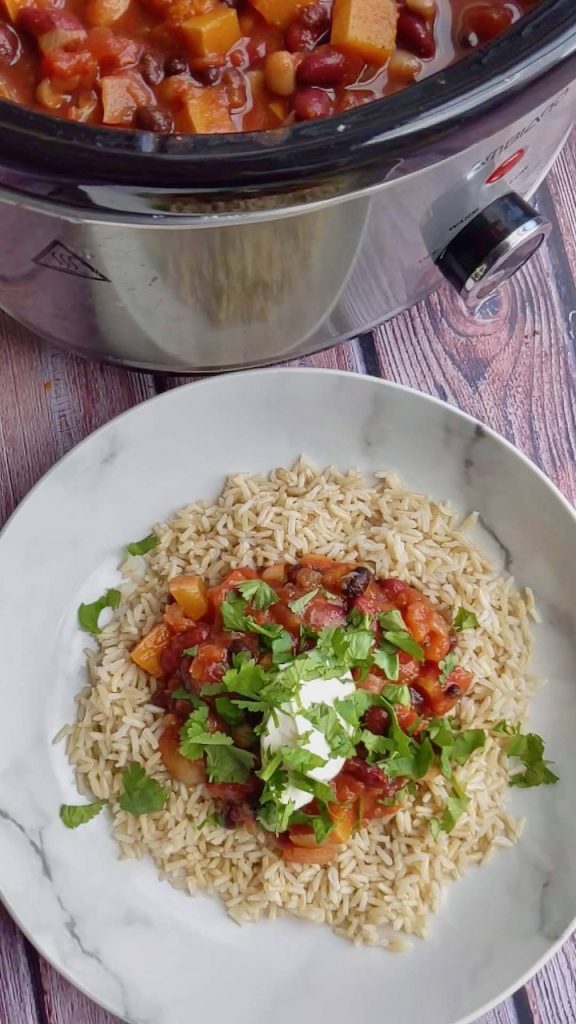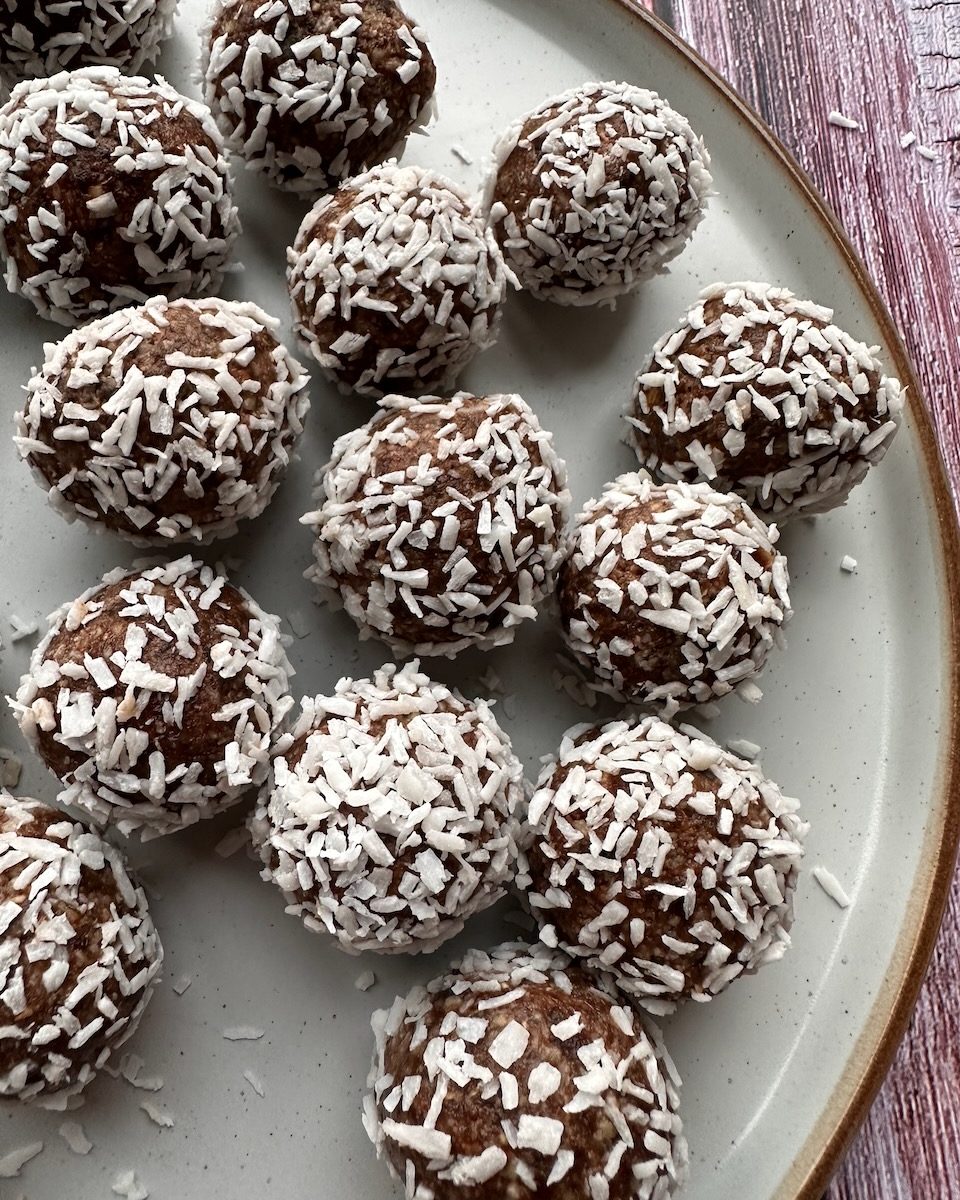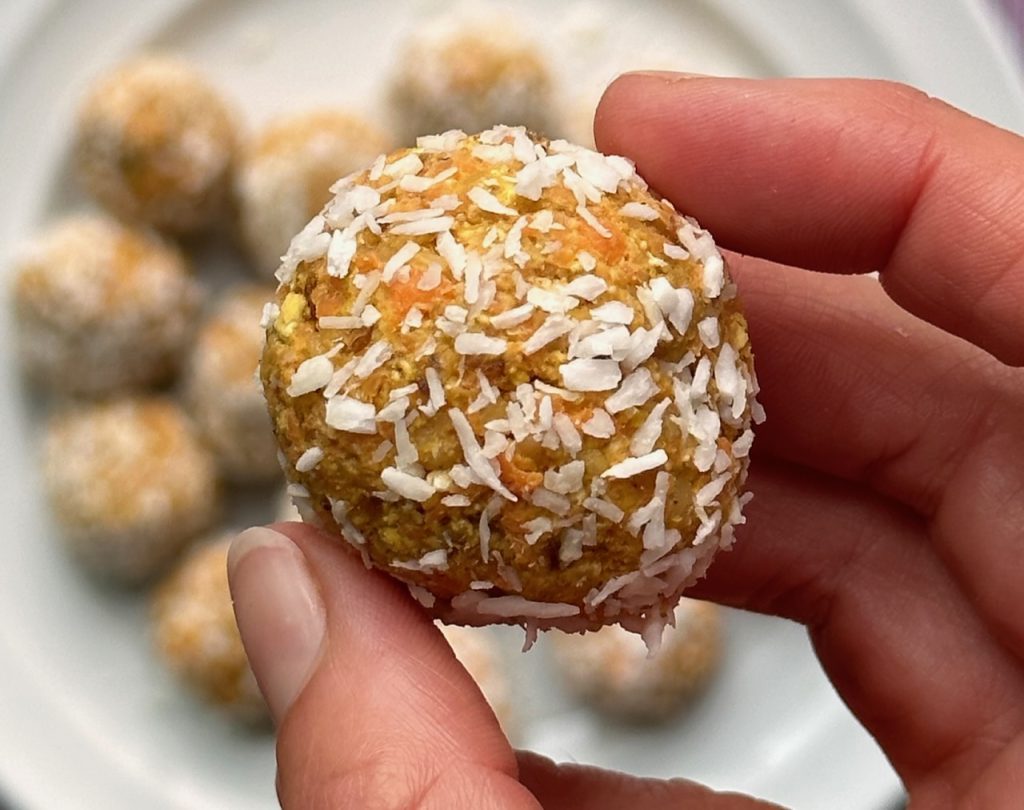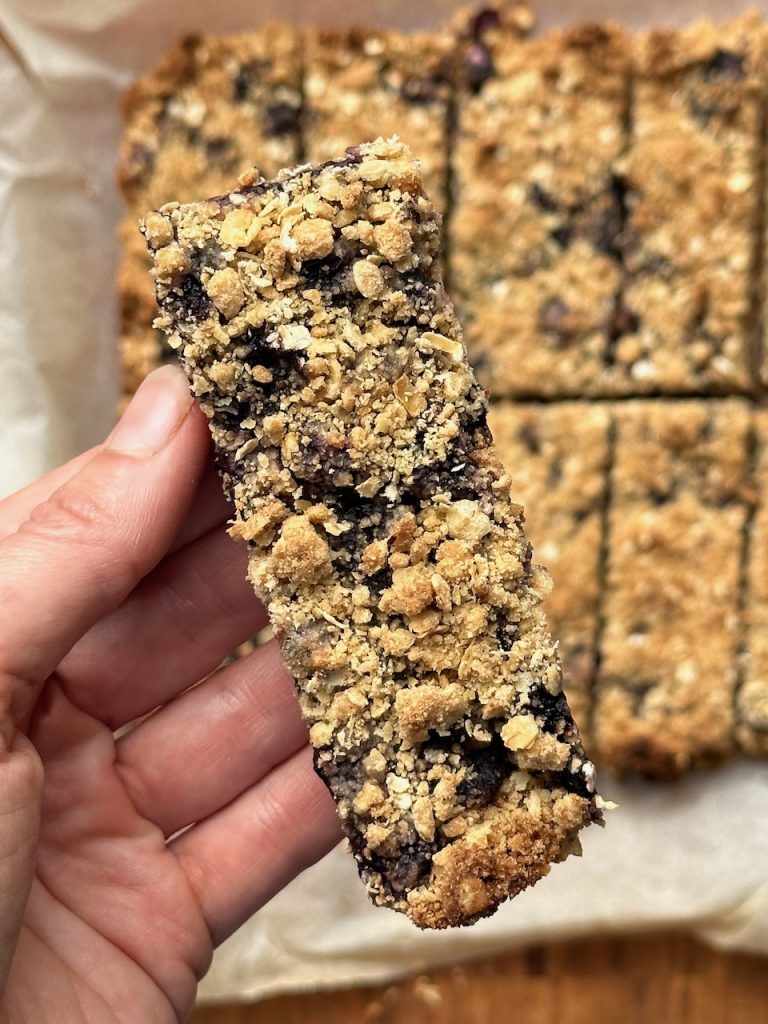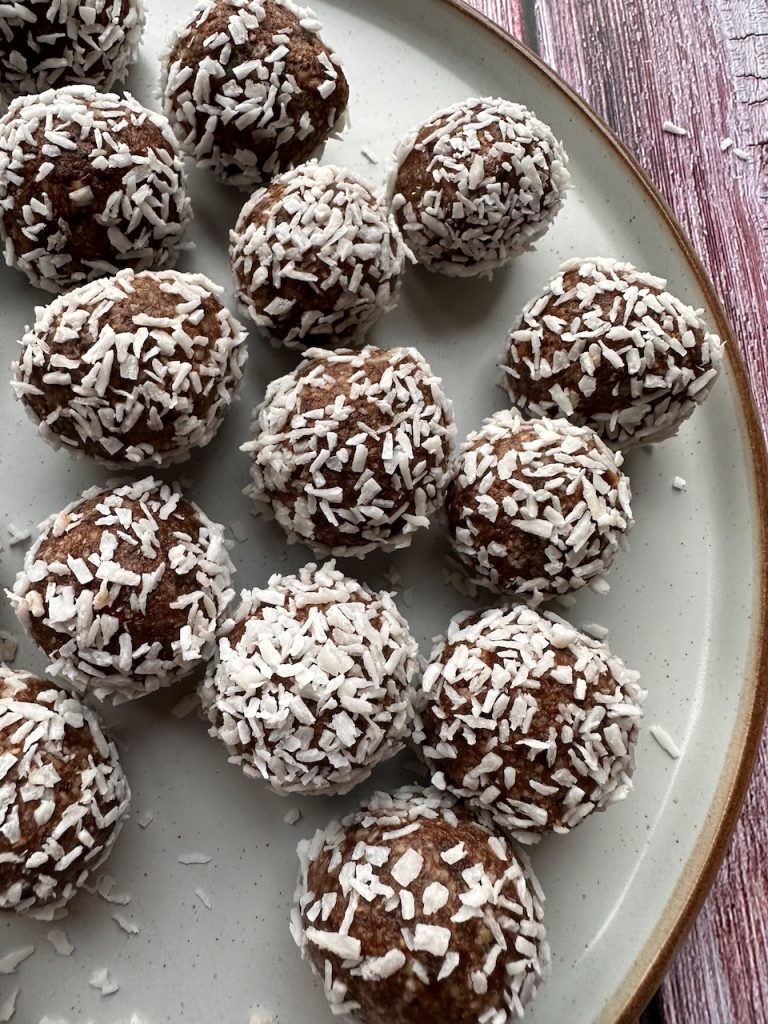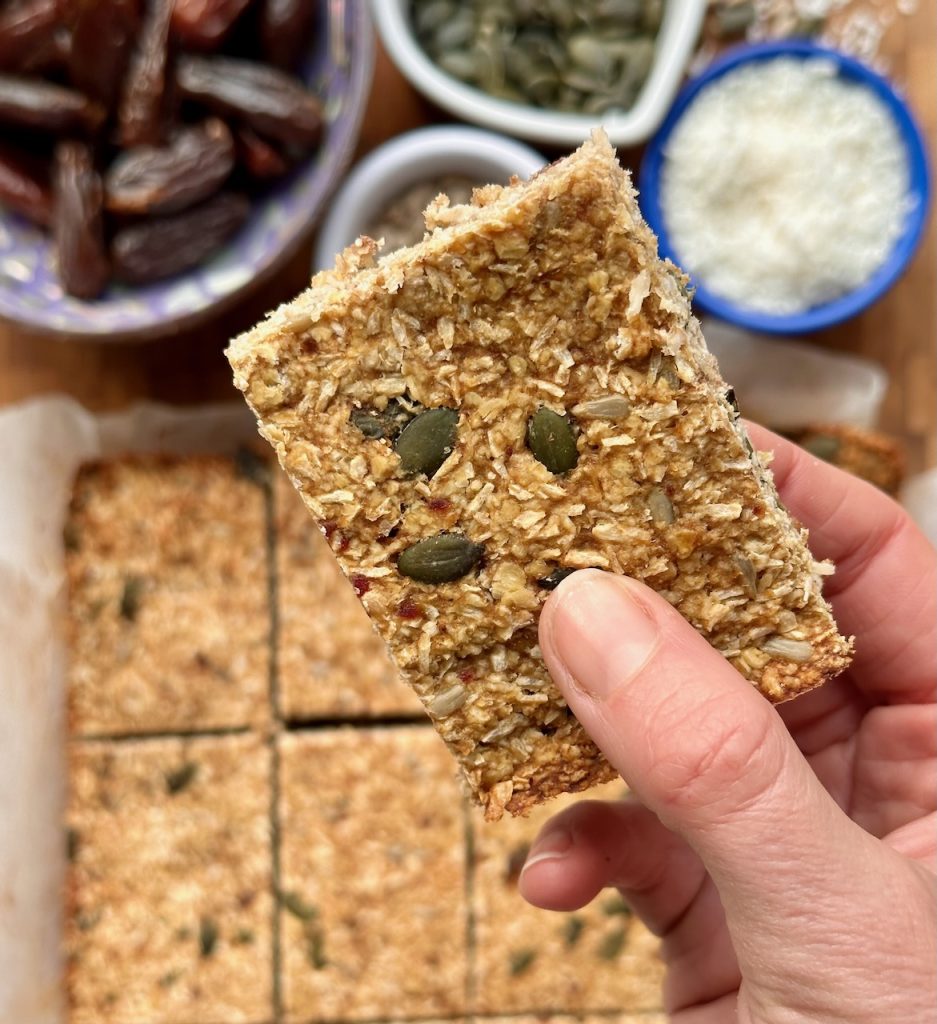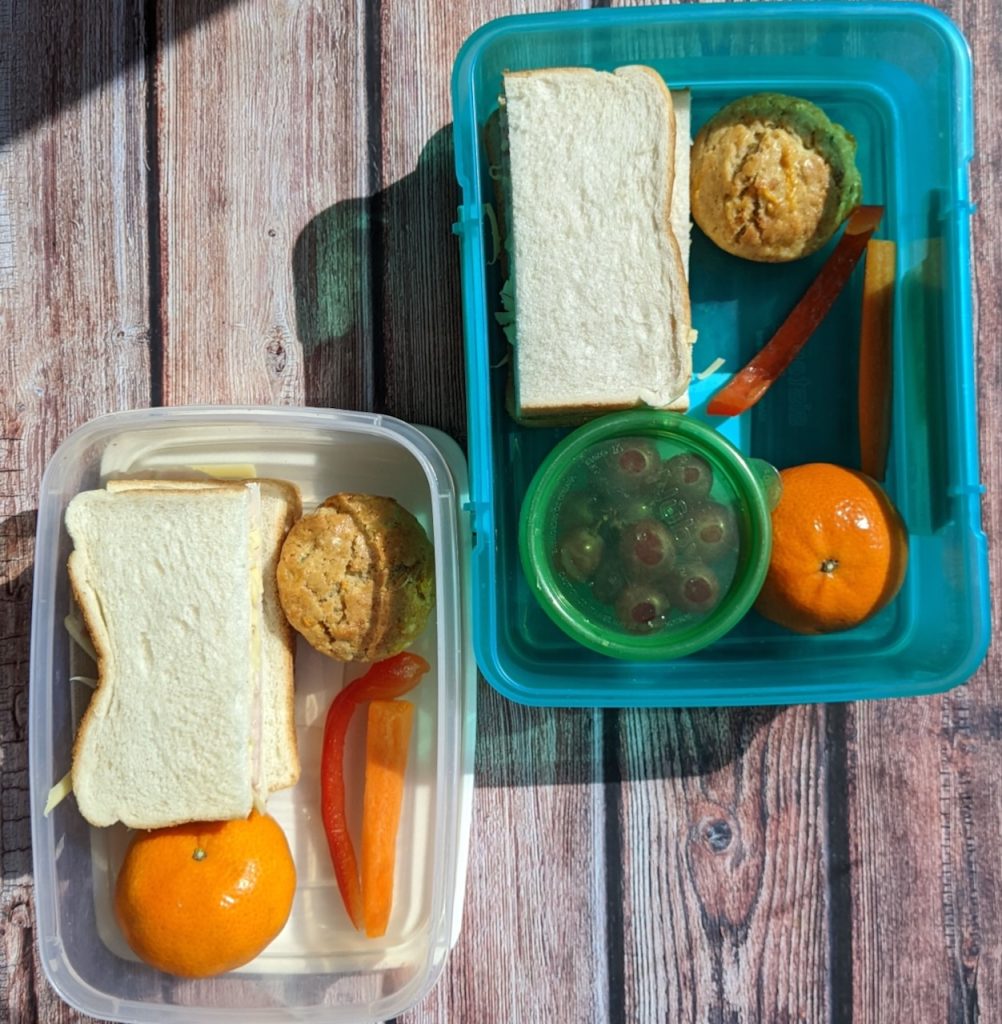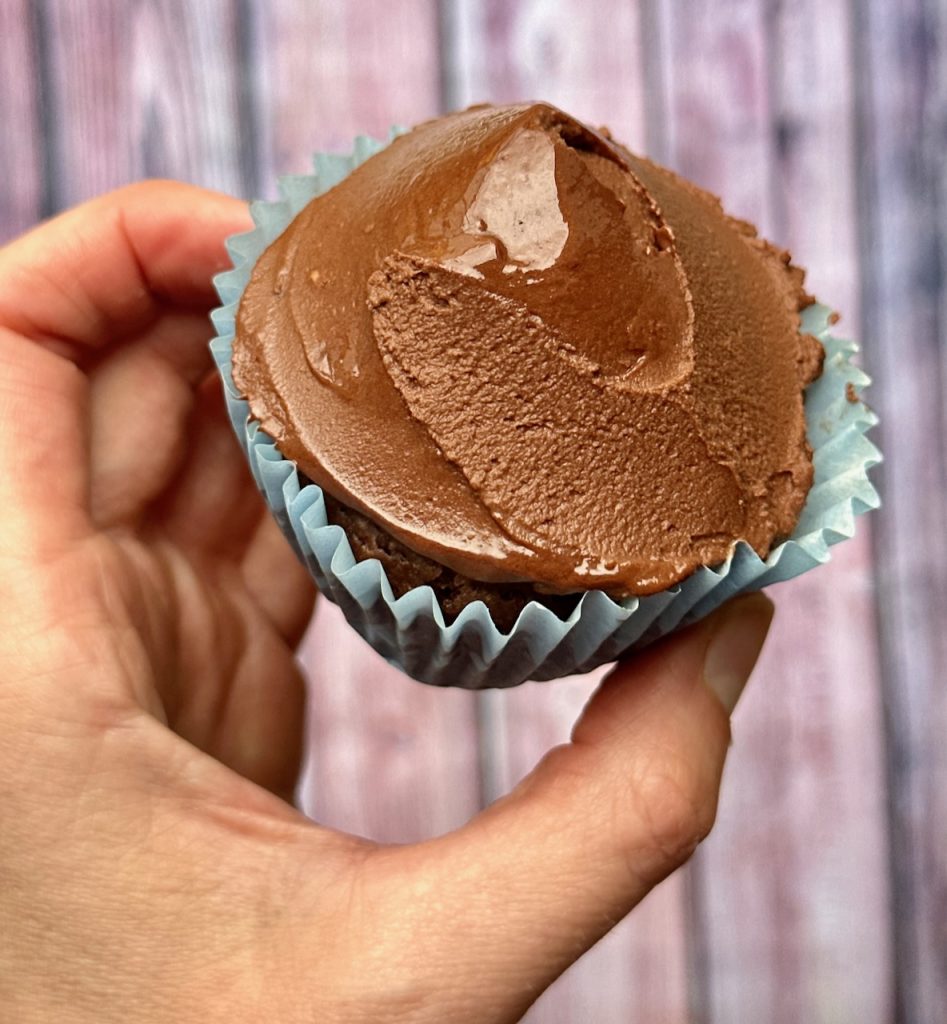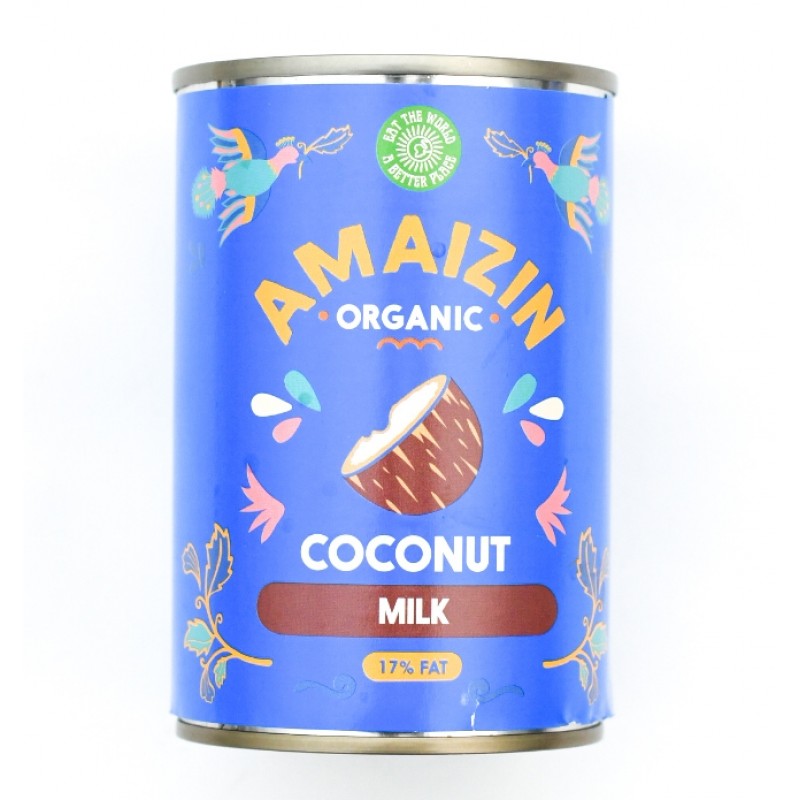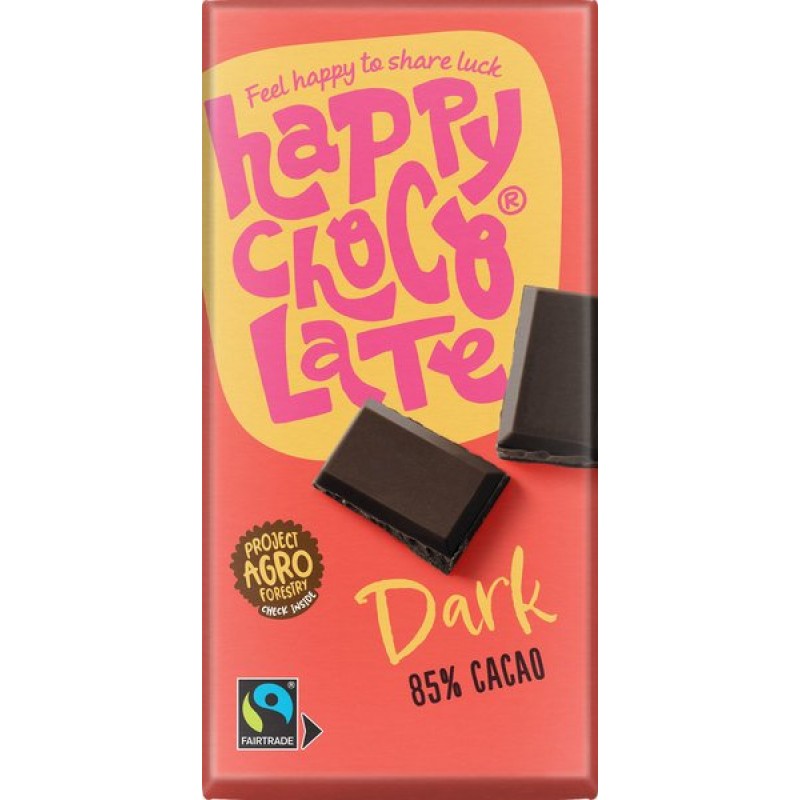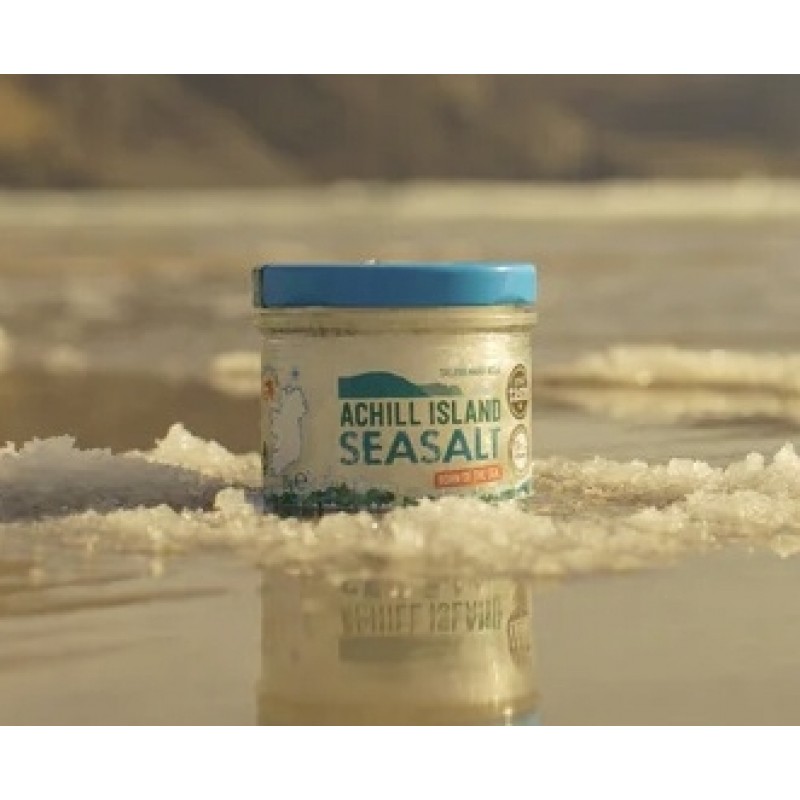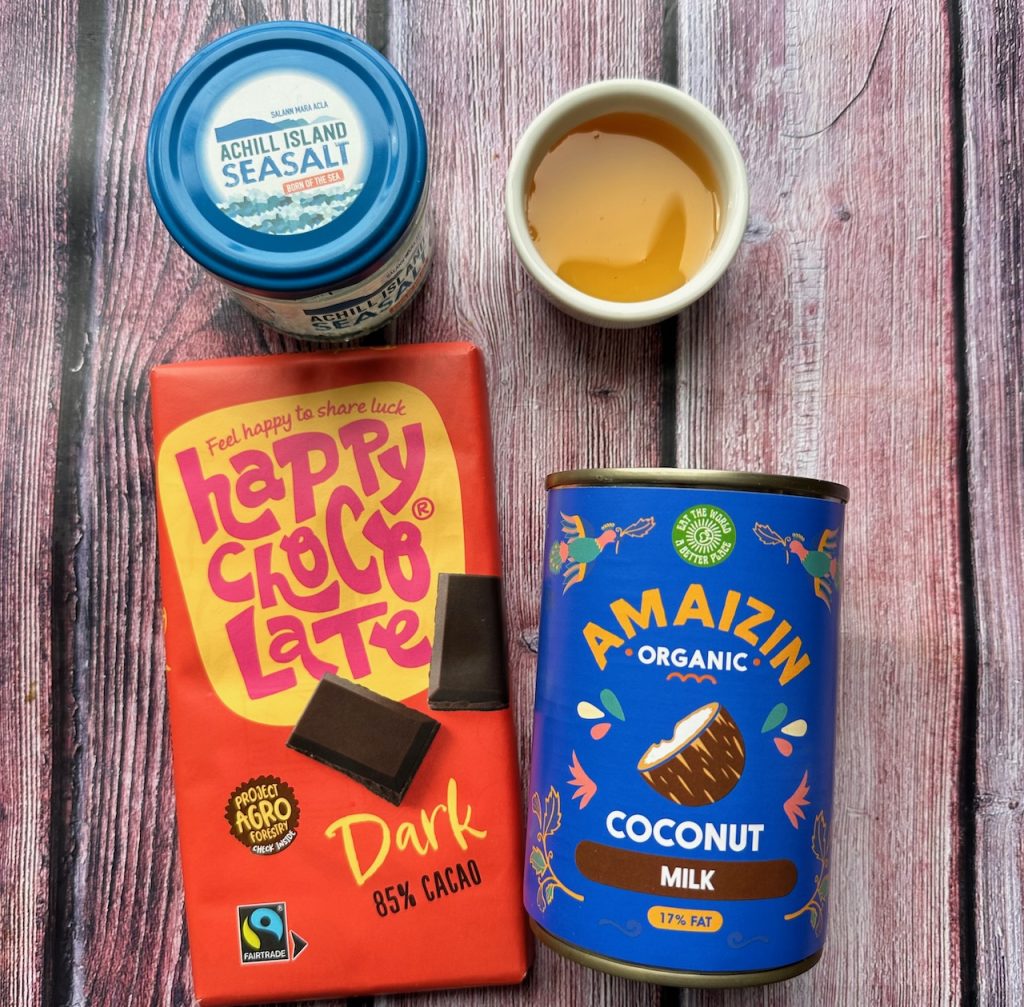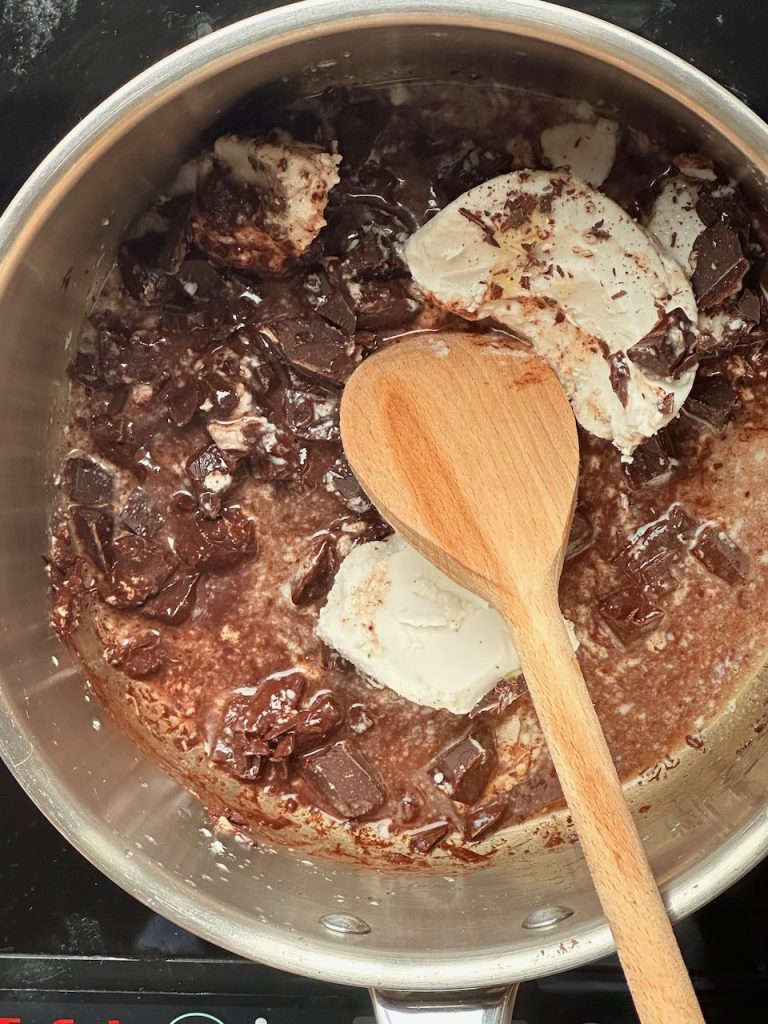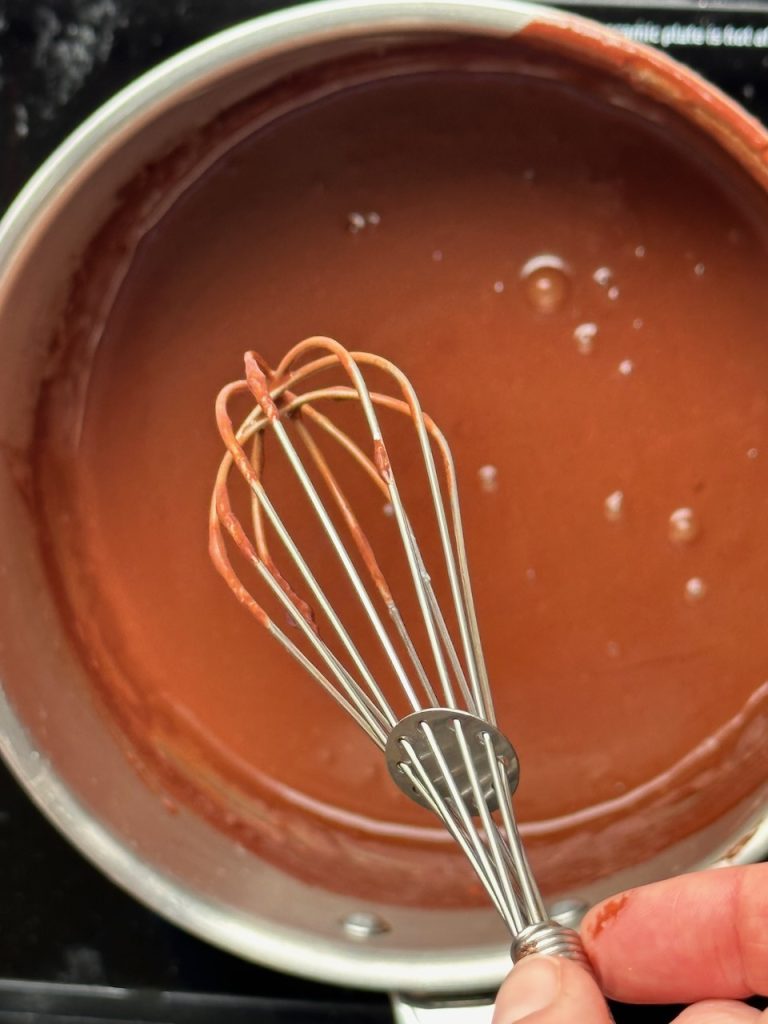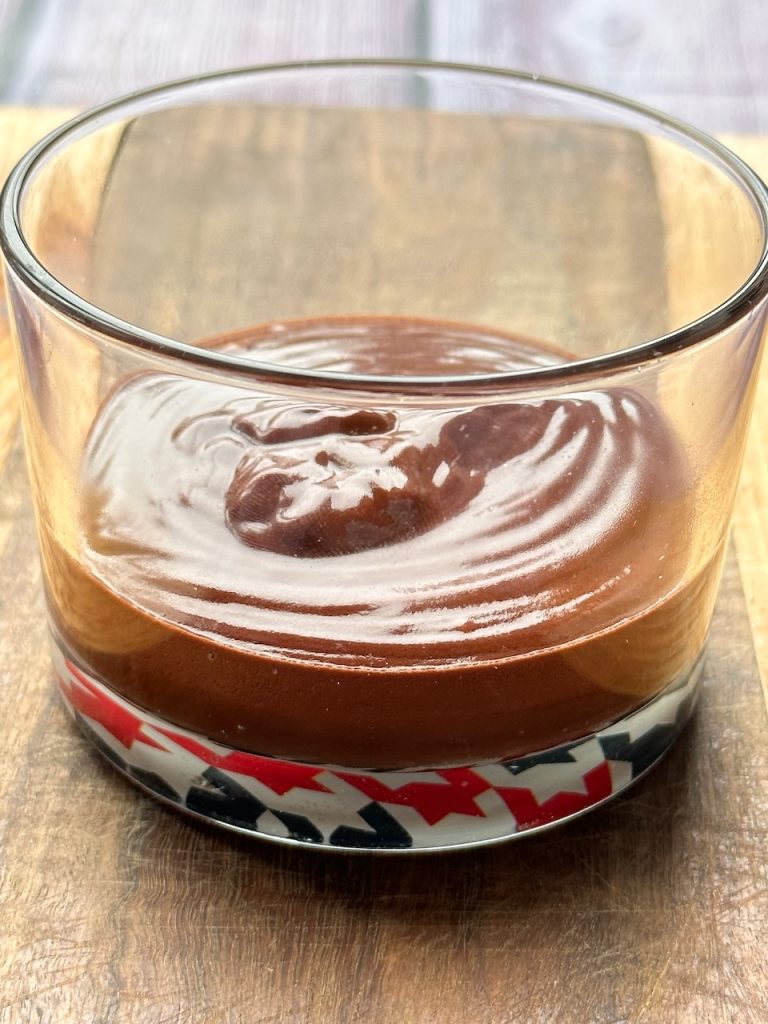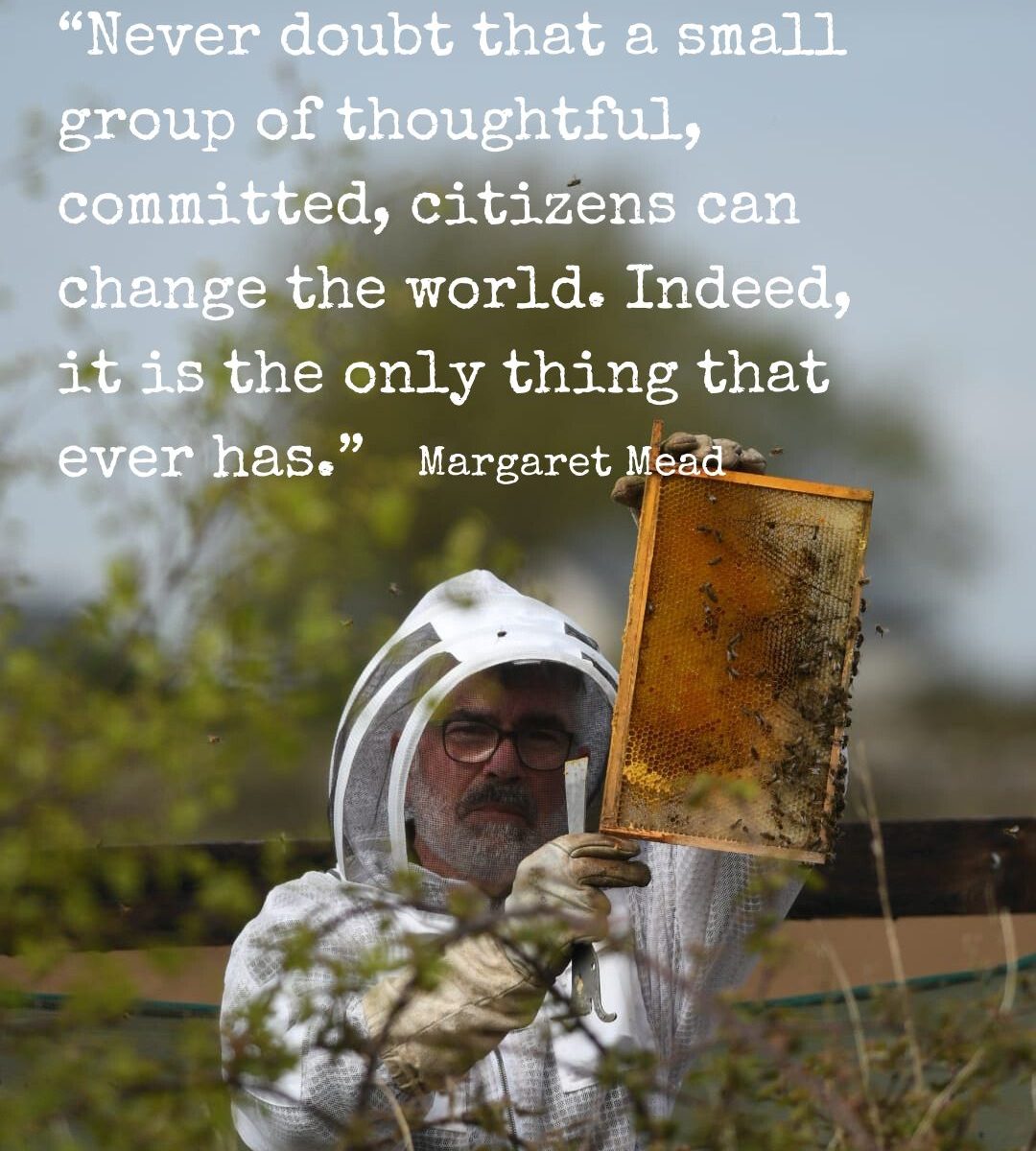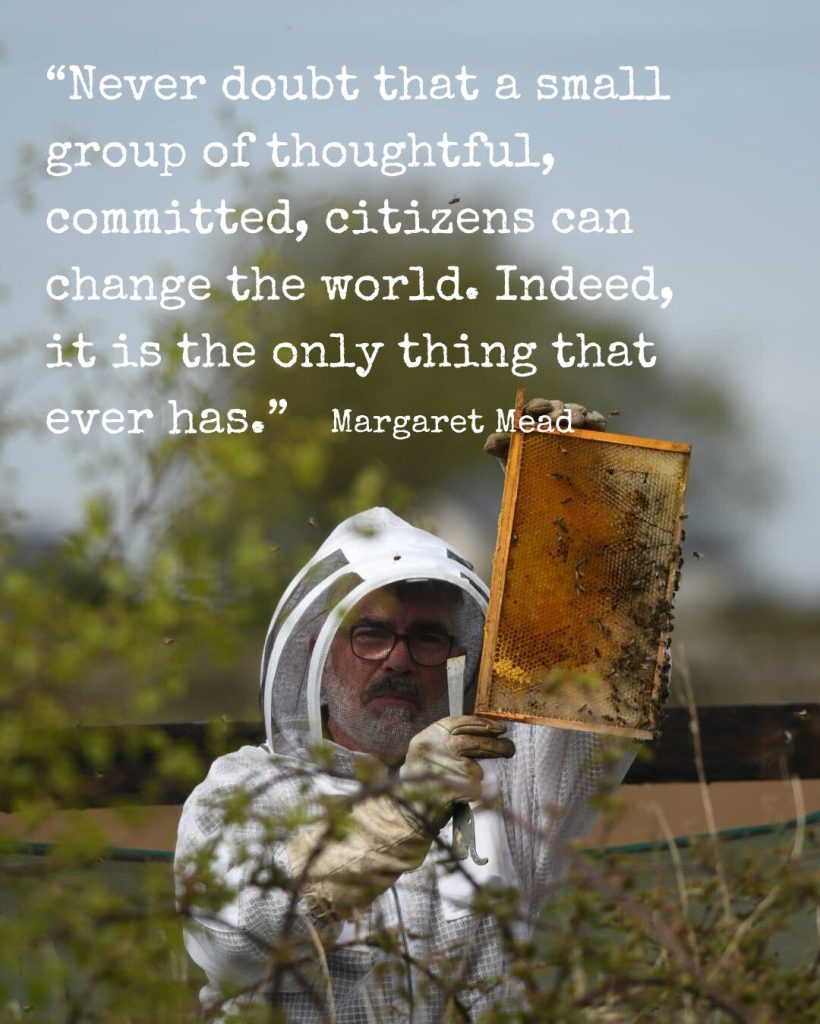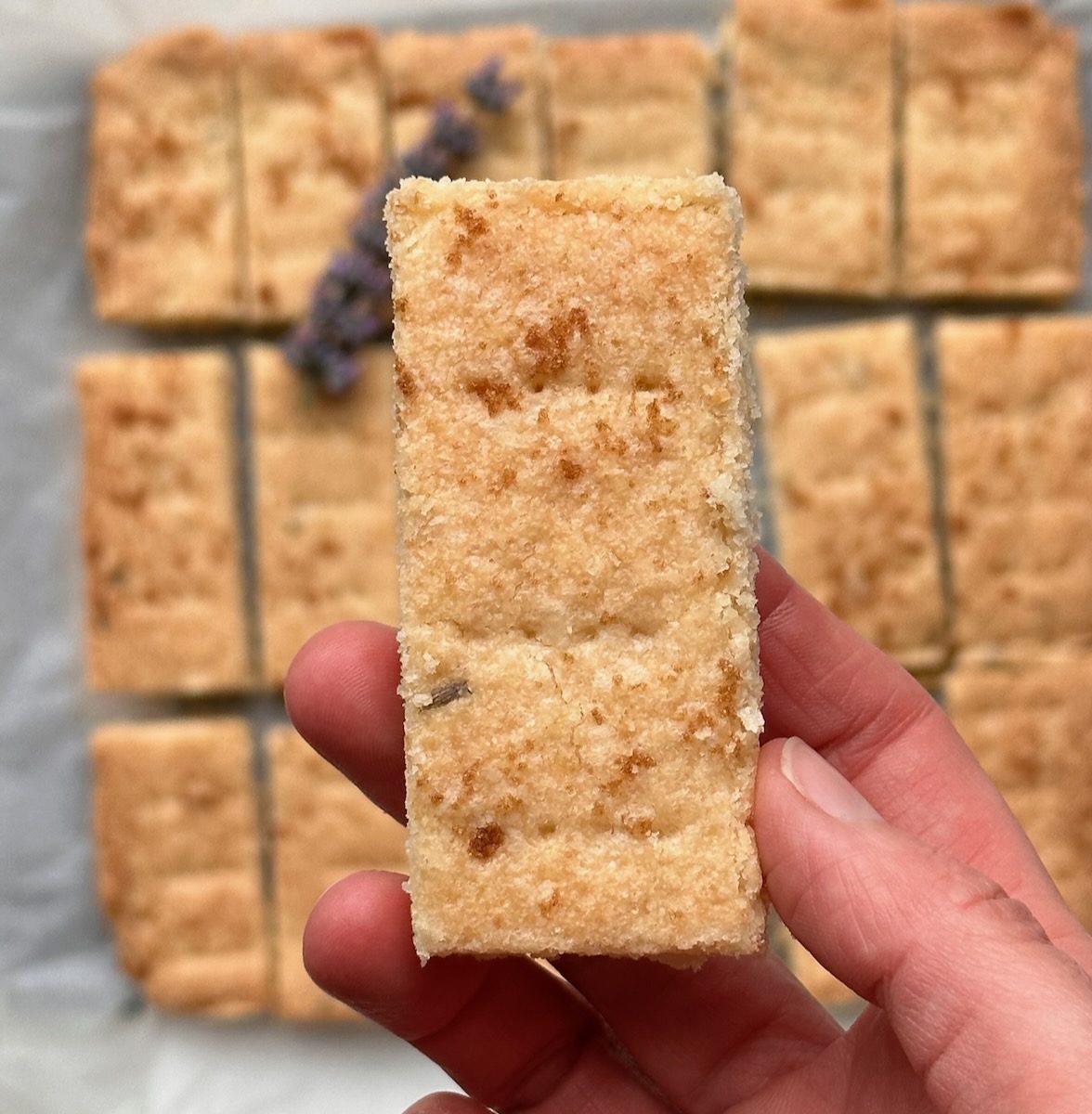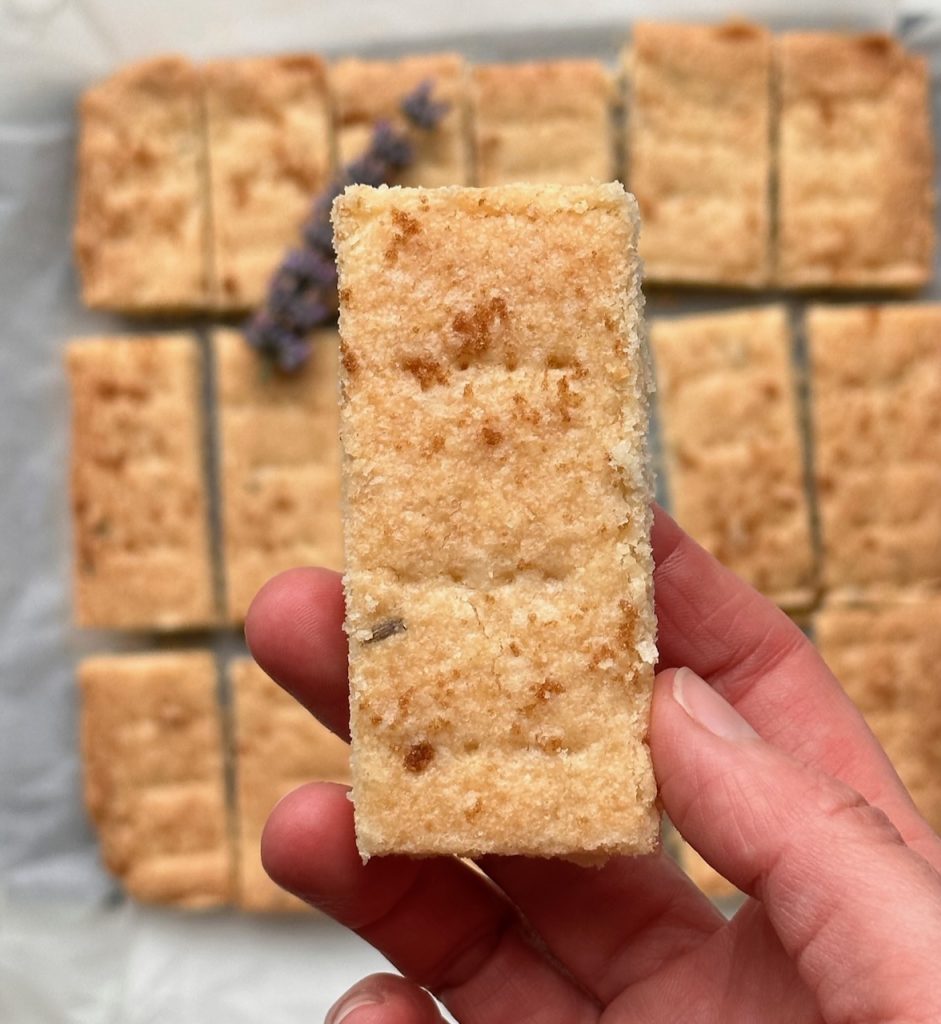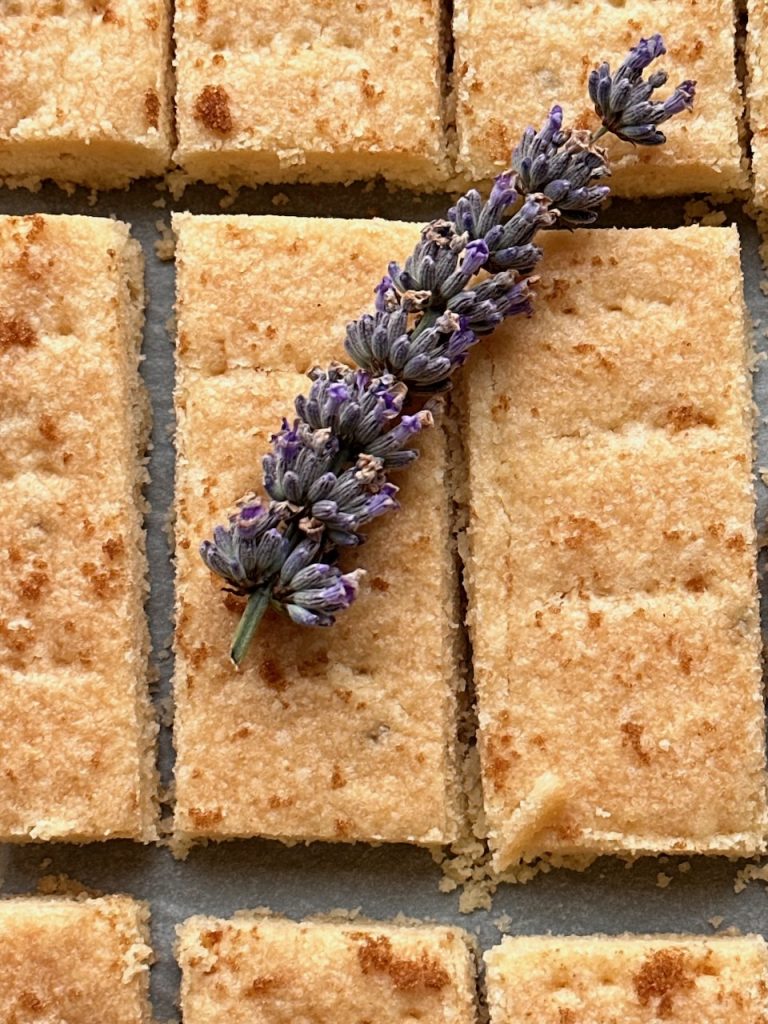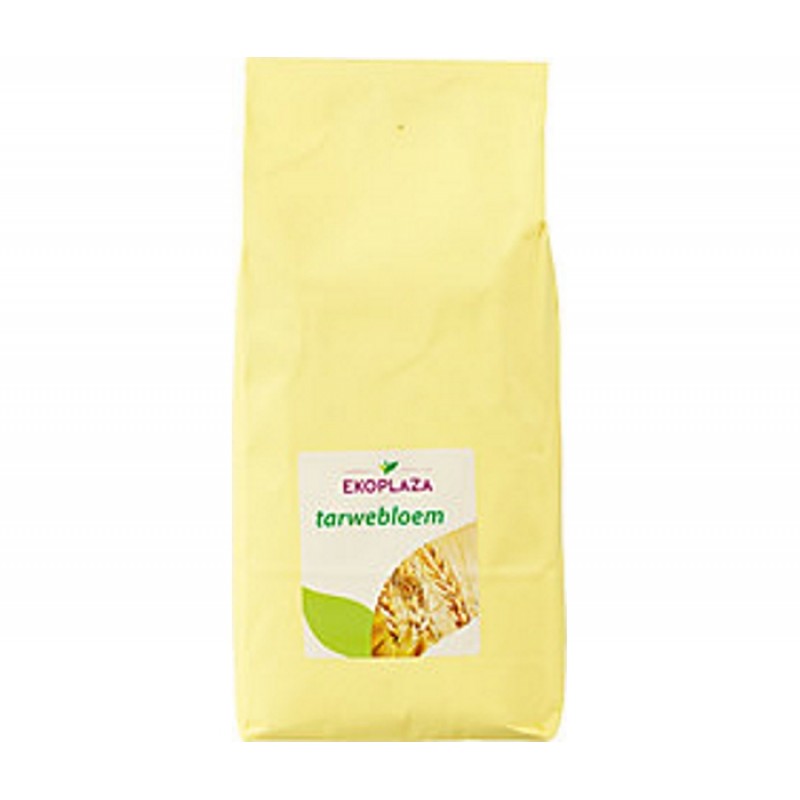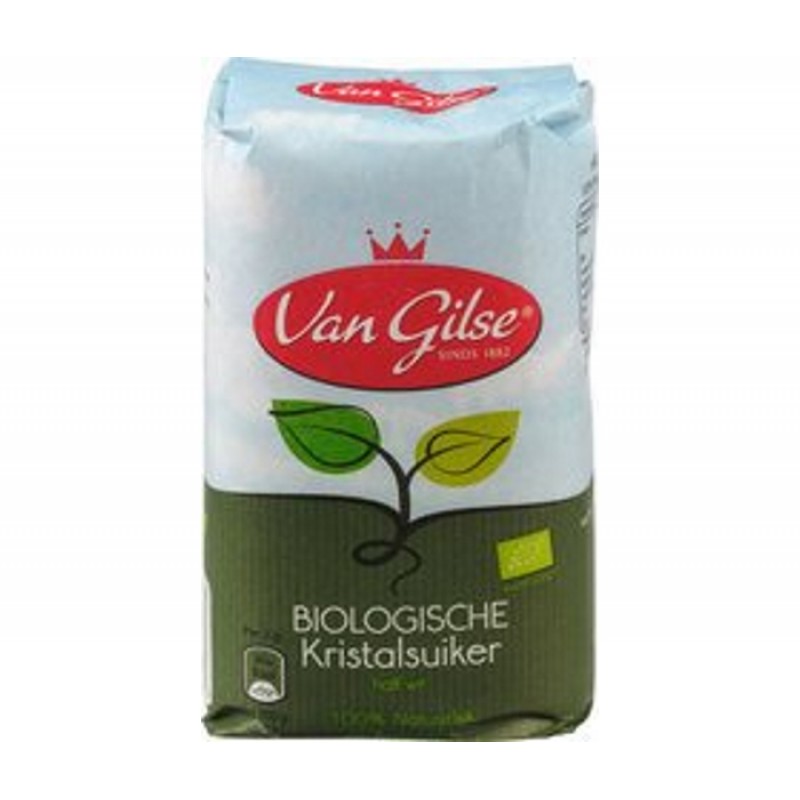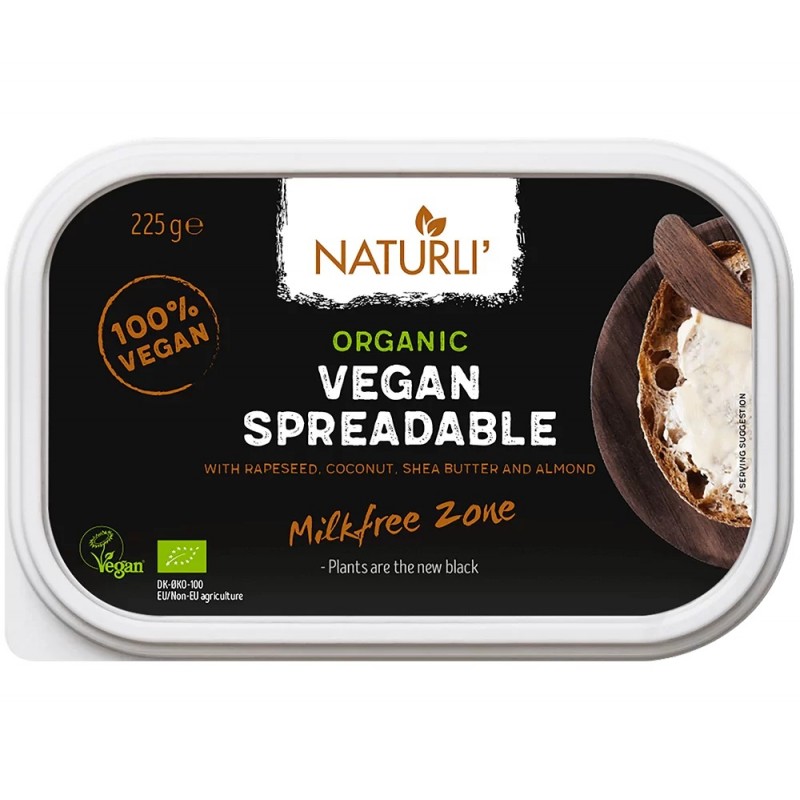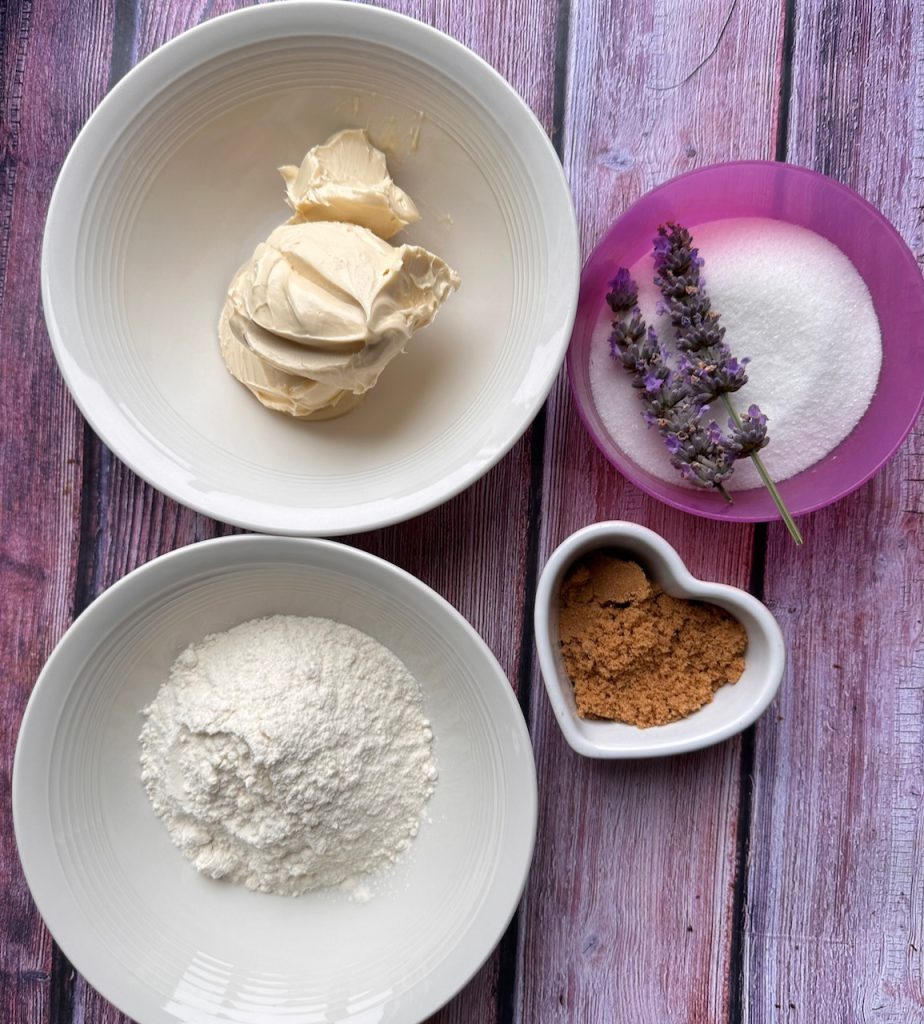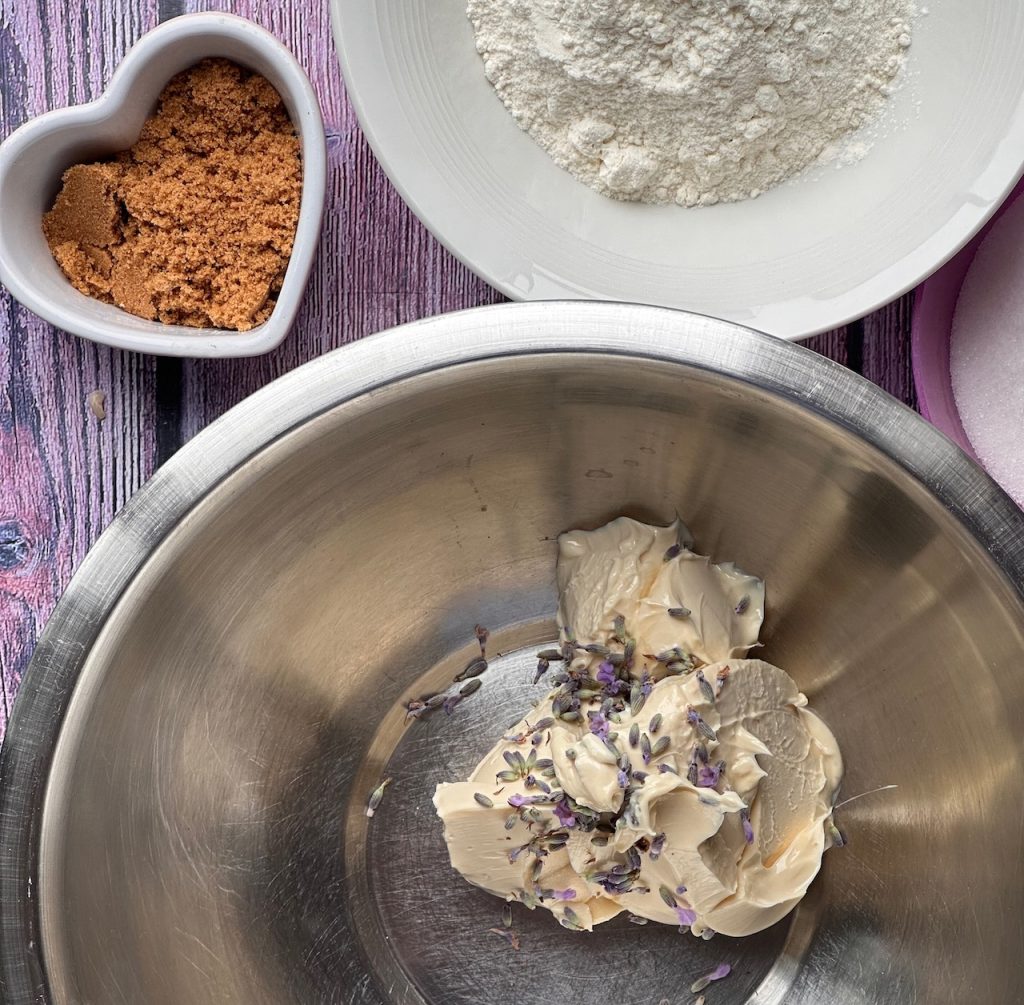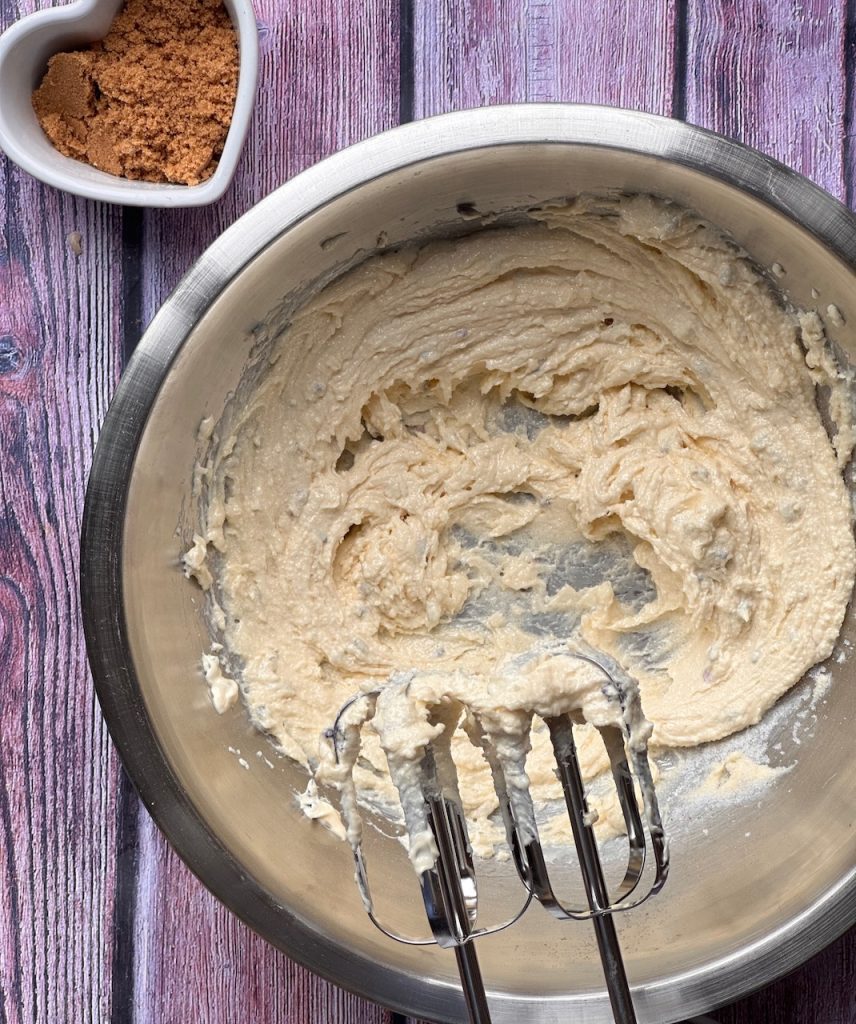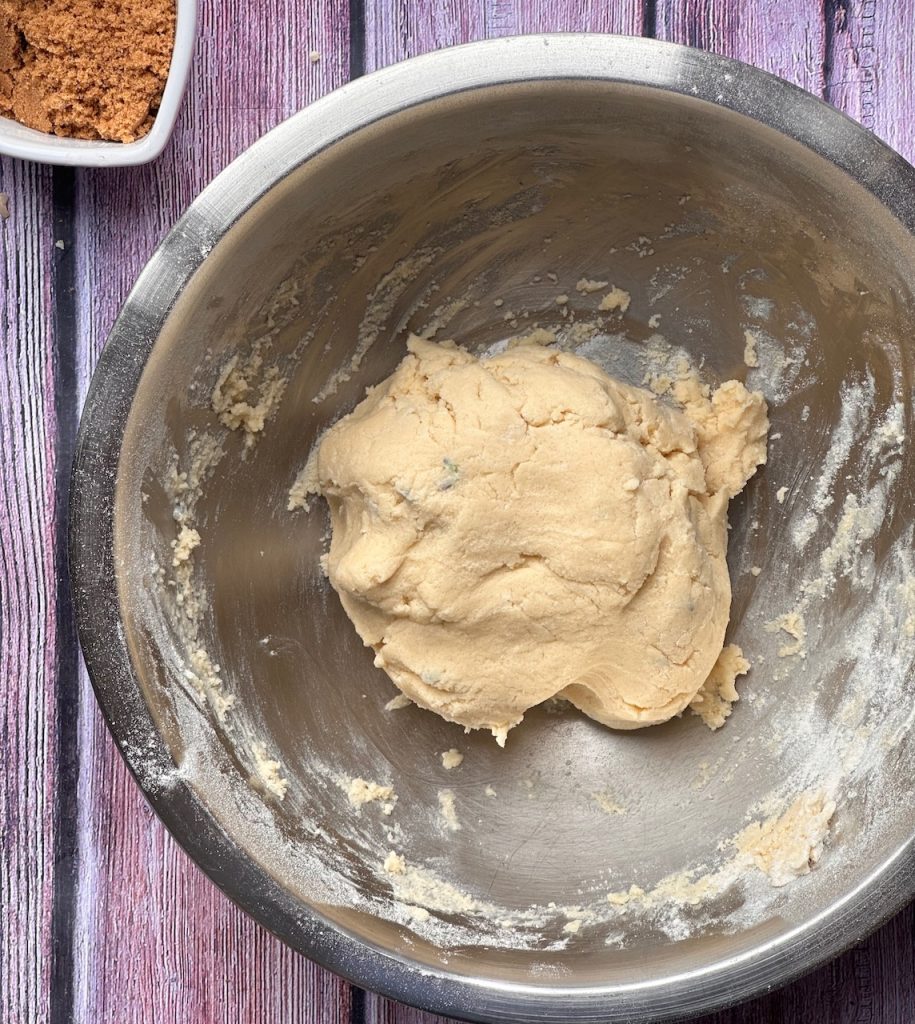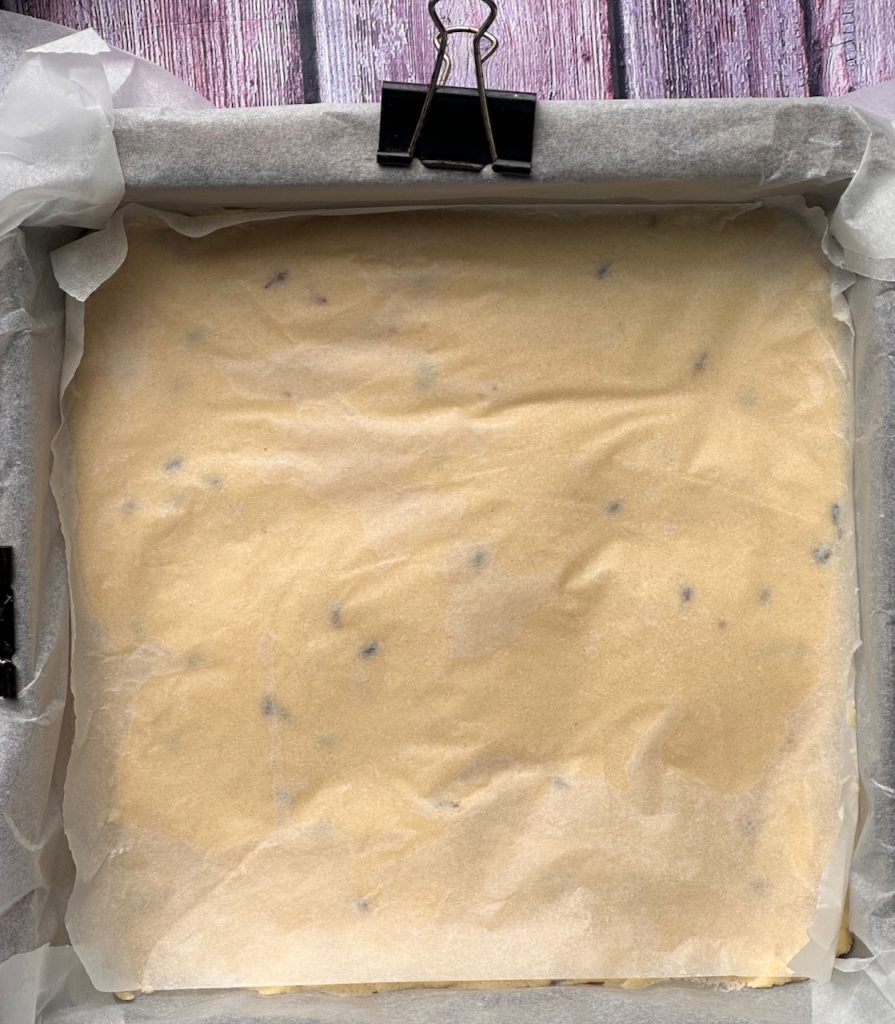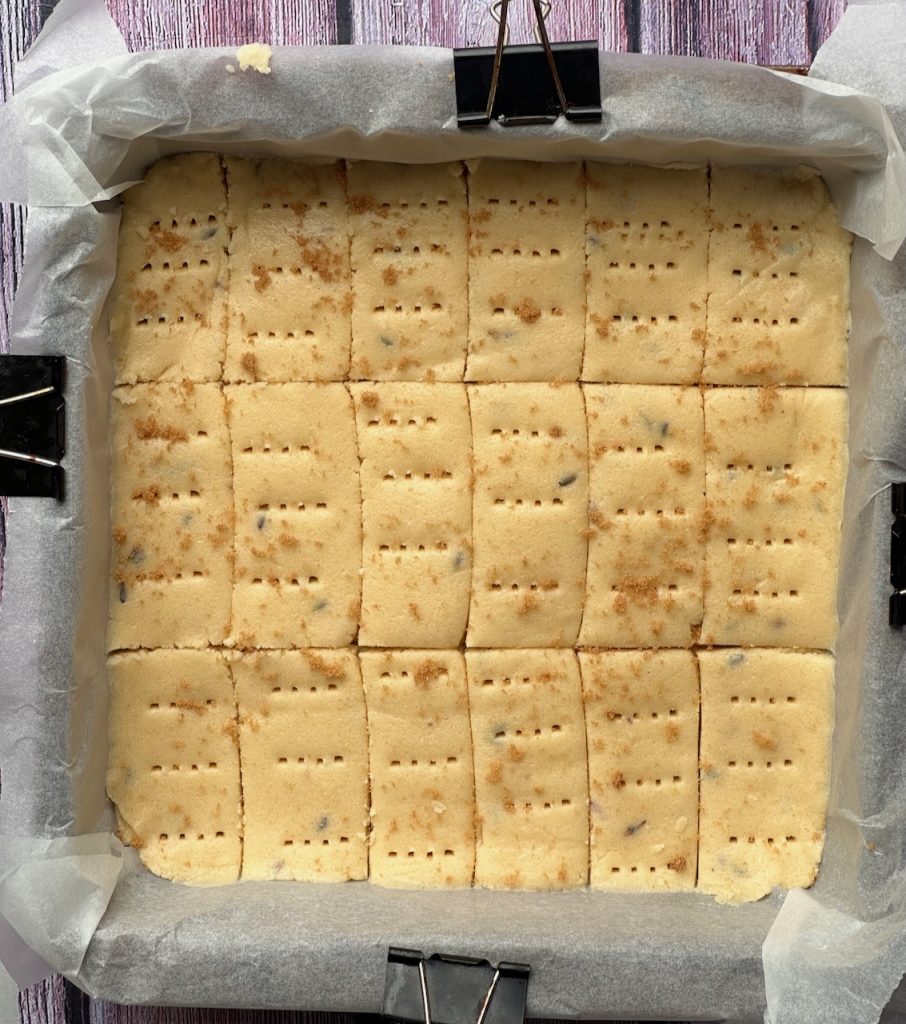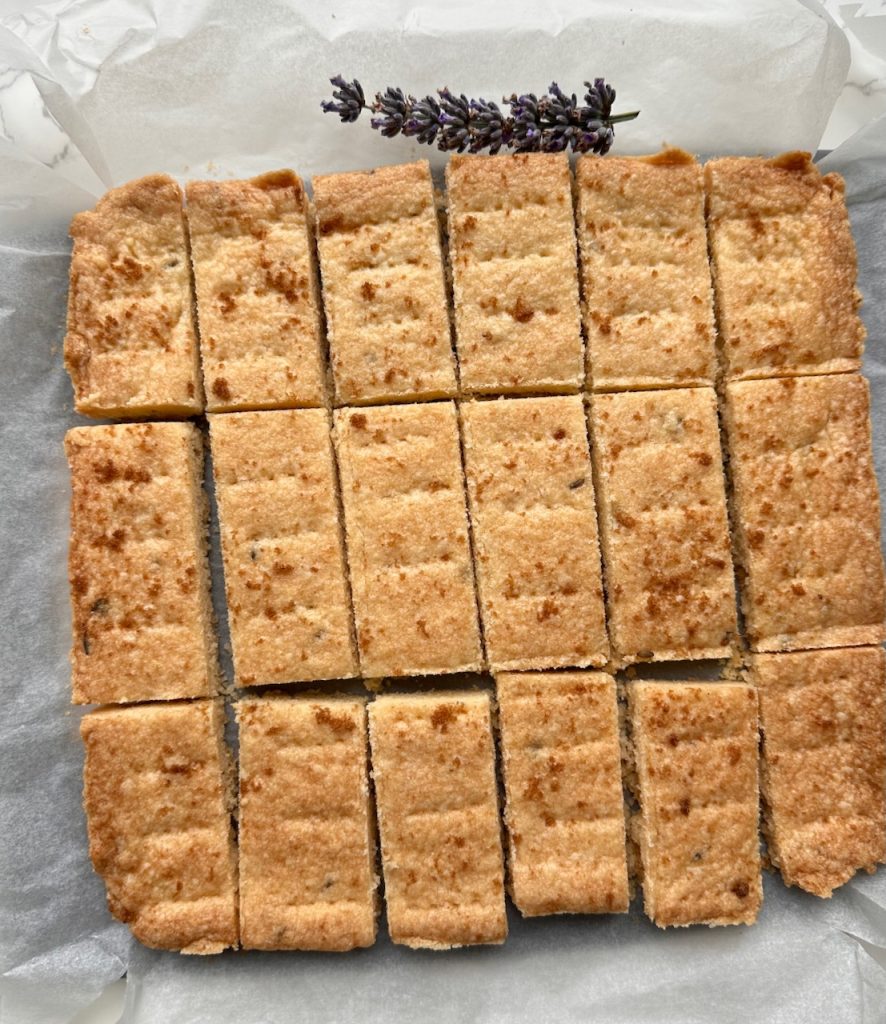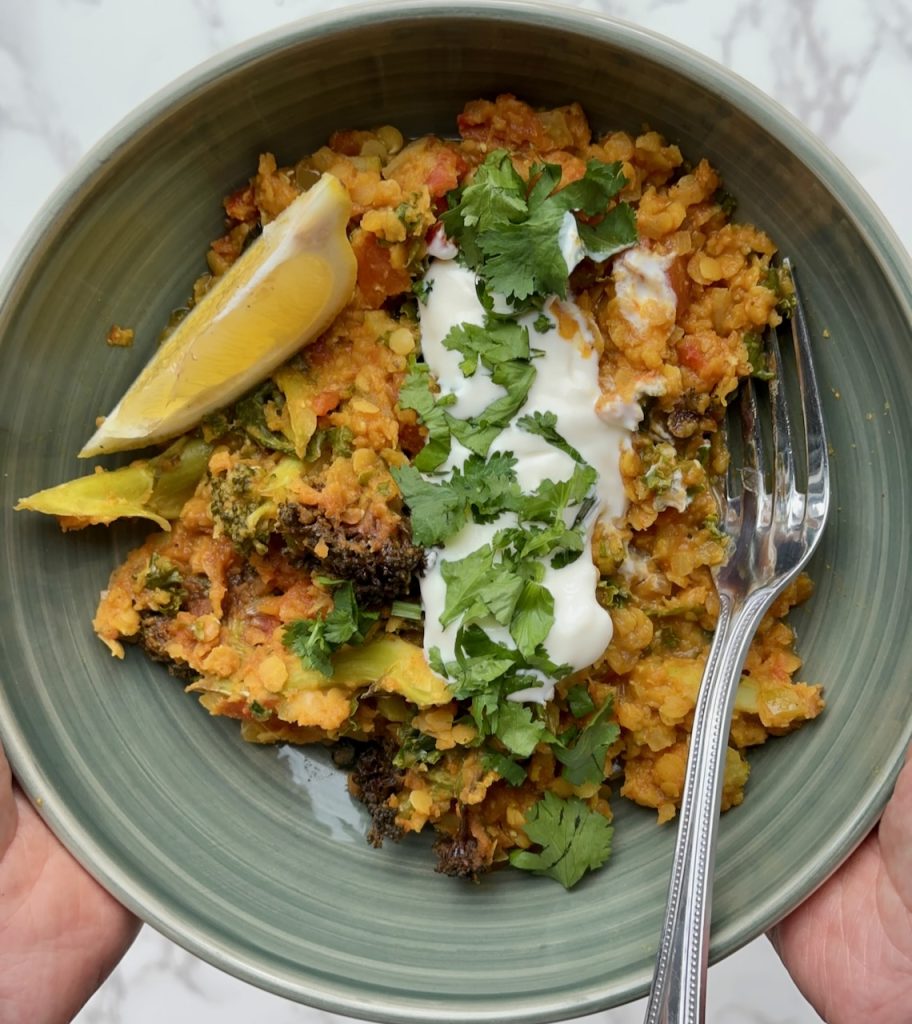
This is a super economical dish that is nutritious, tasty and so easy to make. A great tip, I learned from a great chef, is to cook the lentils in a separate pot, strain and add them to the cooked curried sauce. This way the lentils cook quickly and evenly. More details in the recipe below.
We’d love you to try our easy basic dahl recipe and roast up some seasonal veg to add to it. You could add roasted carrots, parsnips, celeriac, beetroot, chard, spinach basically anything you fancy. We’ve used gorgeous iron rich broccoli and kale fresh from our farm.
Enjoy,
Lou 🙂
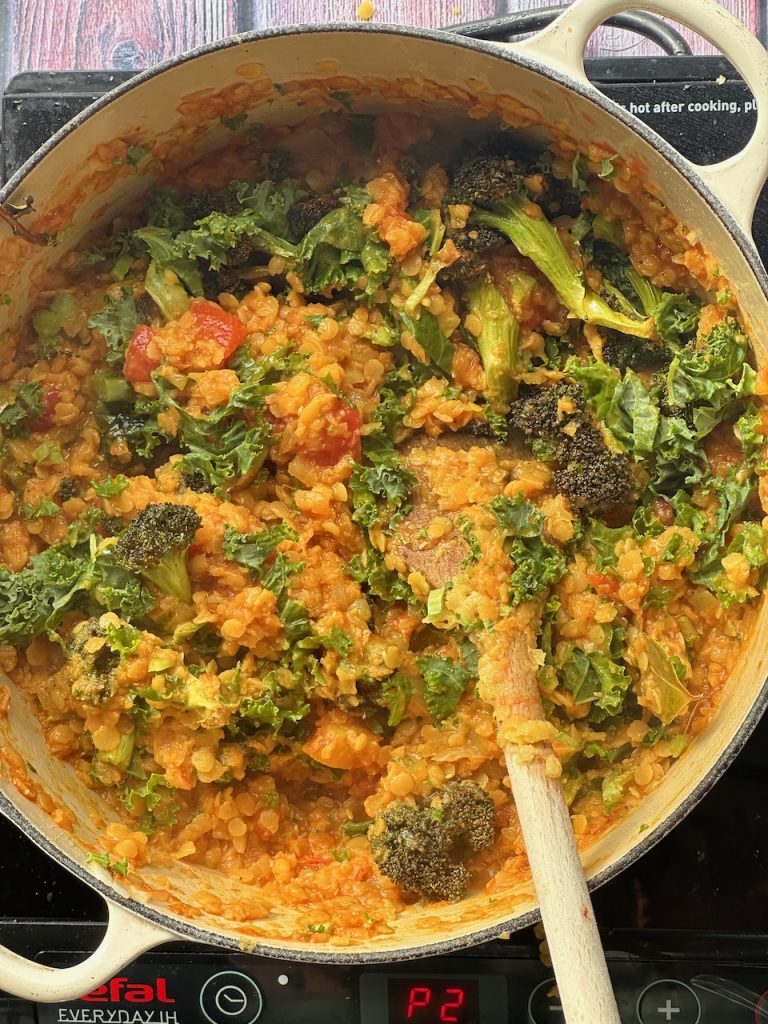
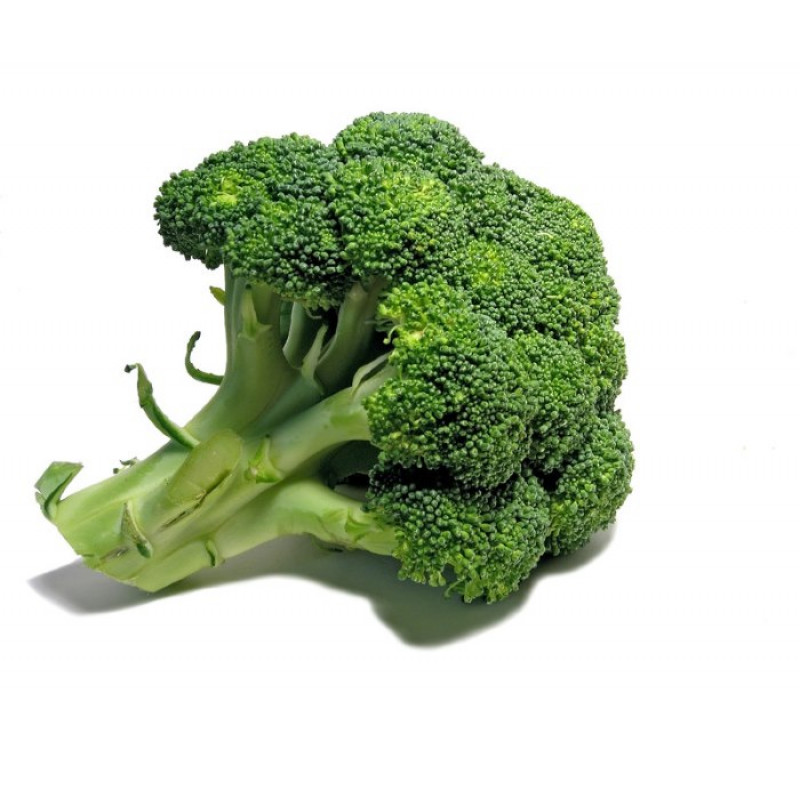
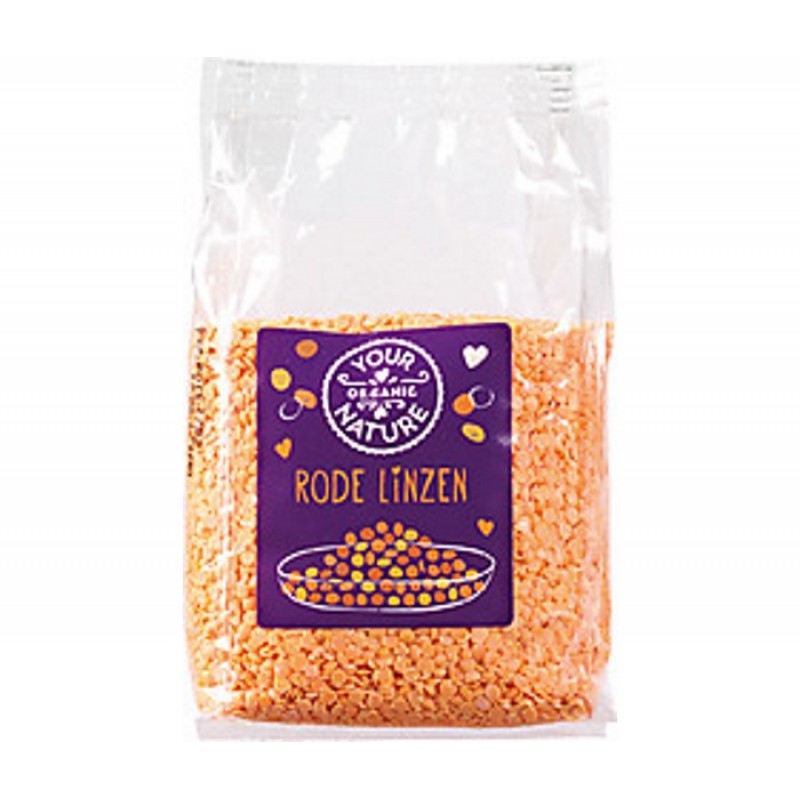
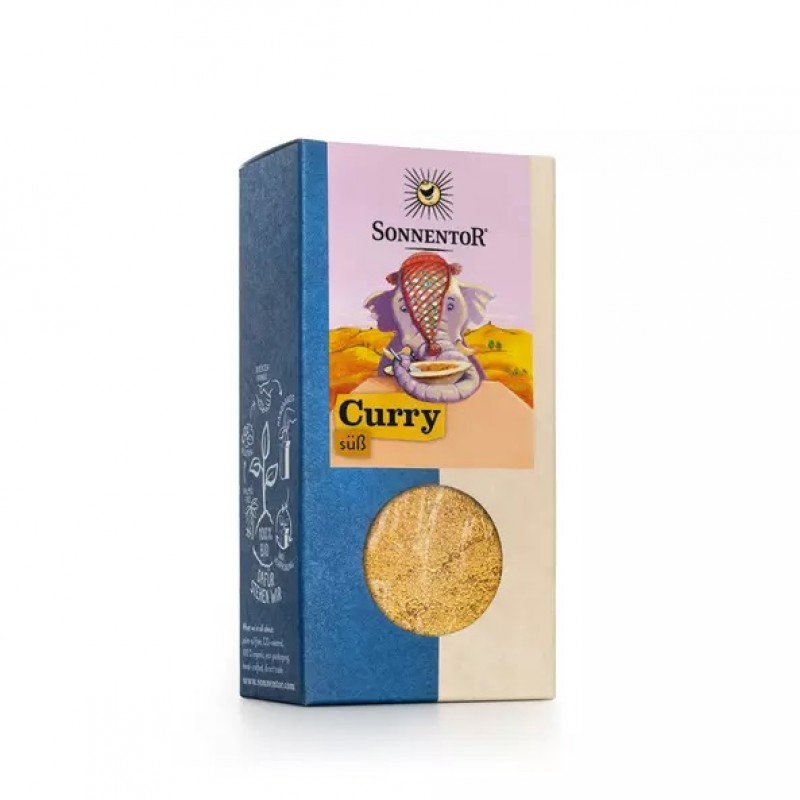
Ingredients: serves 4-5
- For the lentils:
- 1.5 tablespoons oil
- 350g red split lentils
- 1 tsp turmeric
- 1 tsp salt
- For the sauce:
- 1 onion, finely dices
- 2 cloves garlic, finely grated
- 1 tablespoon fresh ginger, finely grated
- 1 tsp garam masala
- 1/2 tsp chilli flakes – more if you like it hot
- 2 tsp curry powder
- 1 tsp salt
- 2 bay leaf
- 1 teaspoon brown sugar
- 1 tin chopped tomatoes (400g)
- Added veg:
- 1 small head broccoli, chopped
- 100g kale, finely chopped
- To serve: lemon, yoghurt and chopped coriander
Method:
Step 1: Begin by cooking the lentils. Add them to a pot, rinse with cold water a few times to remove and dirt, discard the water. Then cover with fresh water add the turmeric and salt. Bring to a simmer on the hob and cook for about 20 minutes or until the lentils are completely soft. Stir a few times while they cook. Then strain and set aside.
Step 2: While the lentils cook start the sauce. Add the oil to a wide pot along with the onions, garlic and ginger, cook on low for 5-10 minutes until the onions are soft, put a lid on if you have one. Then tip in the spices, the curry powder, garam masala, chilli flakes, salt, bay leaf and brown sugar. Stir to coat and toast for a few minutes.
Step 3: Pour in the tinned tomatoes, add some water to the tin and swirl it into the pot and let the sauce cook on low for 10 minutes. Then add the cooked lentils stir and cook for a further 10 minutes.
Step 4: While the sauce cooks make chop the broccoli and roast it in the oven at 170ºc for 15 minutes or air fry 170ºc for 15 minutes. Finely chop the kale.
Step 5: When the dahl is cooked taste it, add more salt and pepper if needed. Stir in the roasted broccoli and chopped kale.
